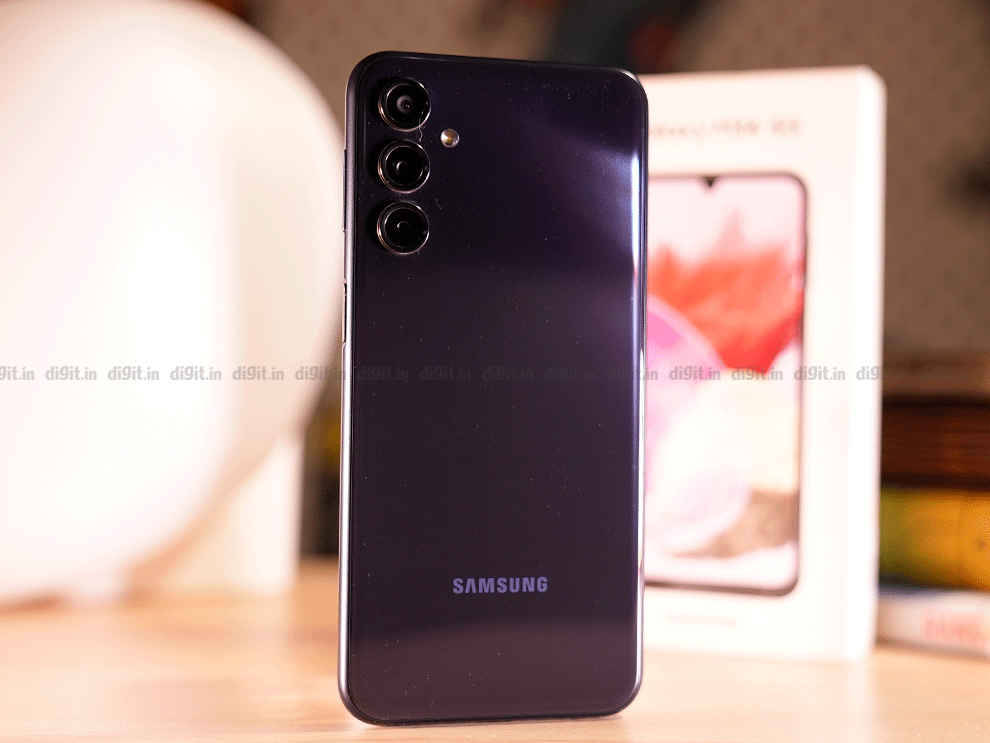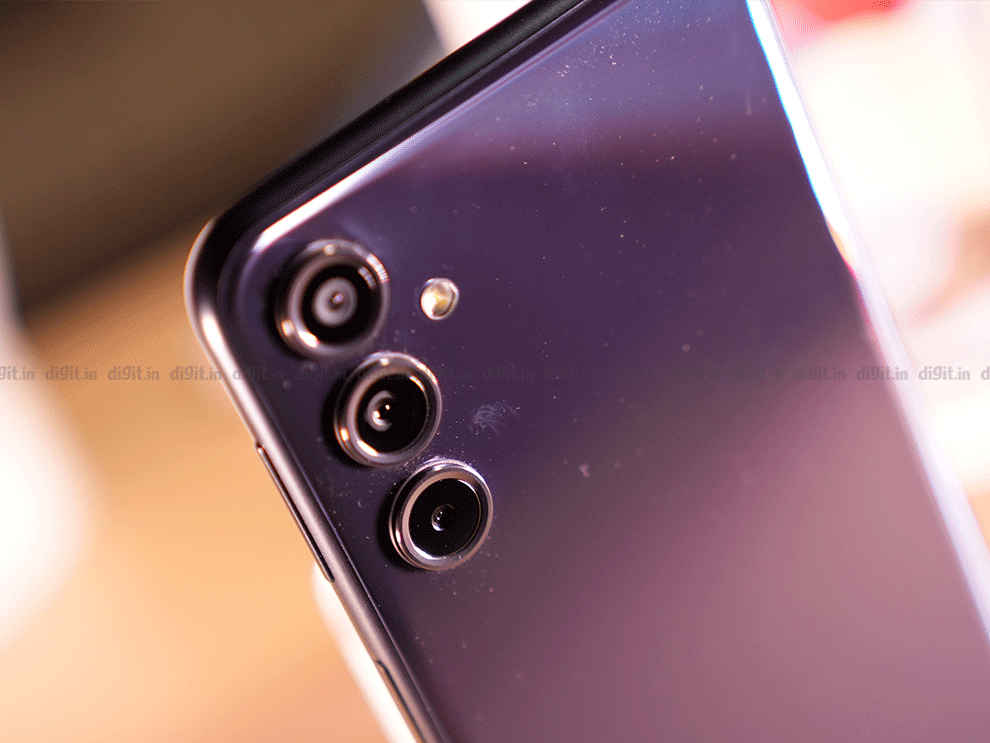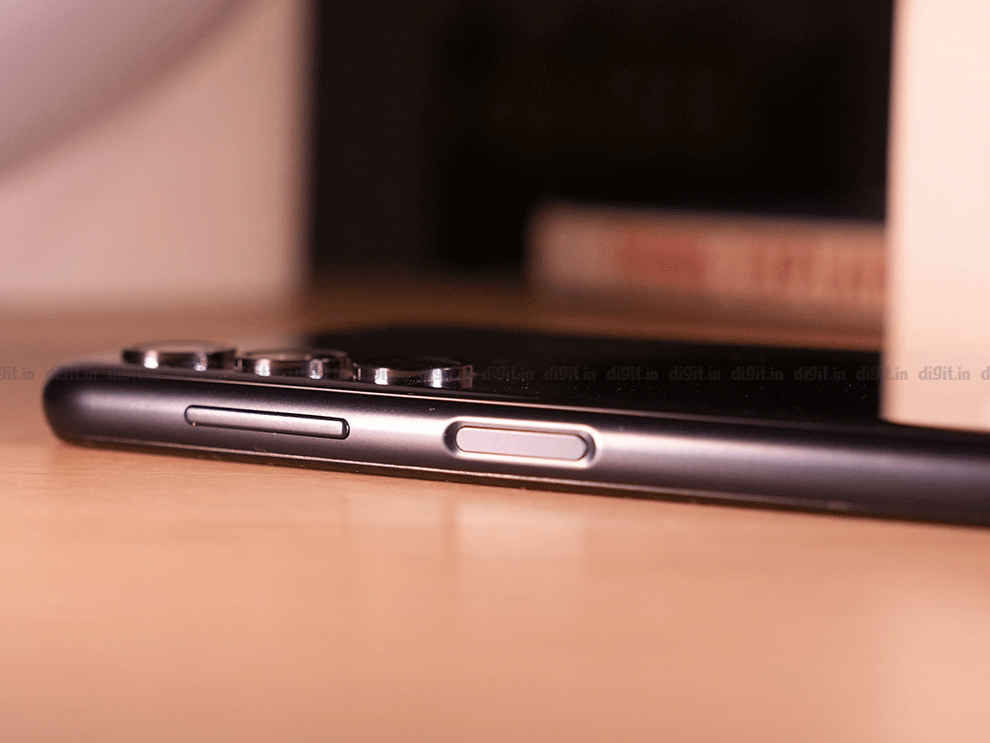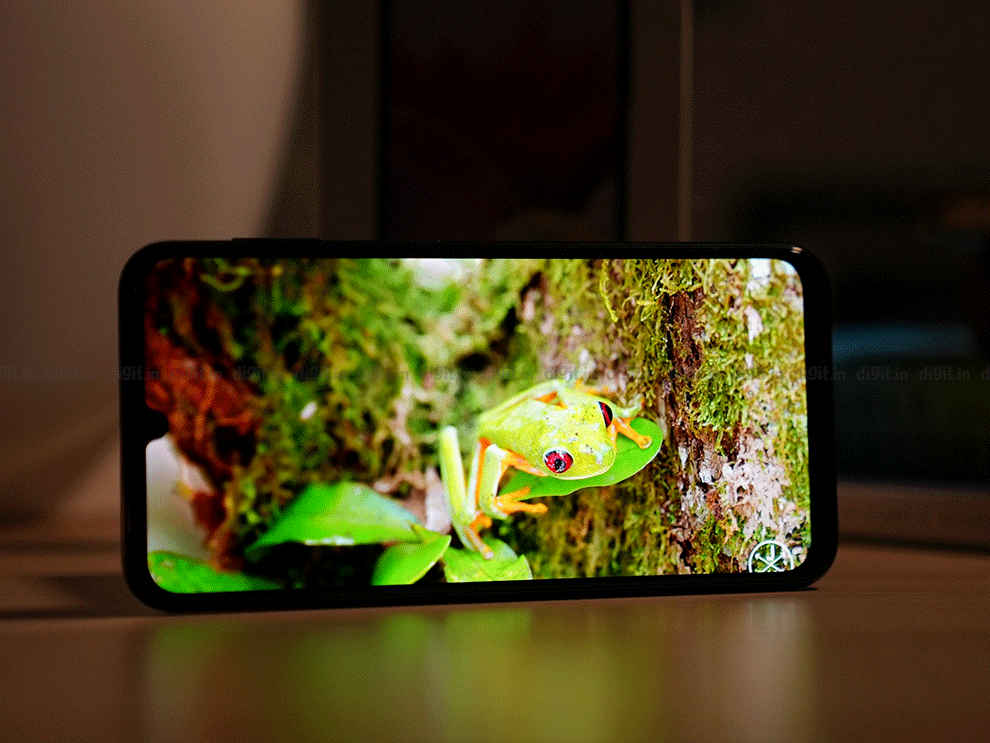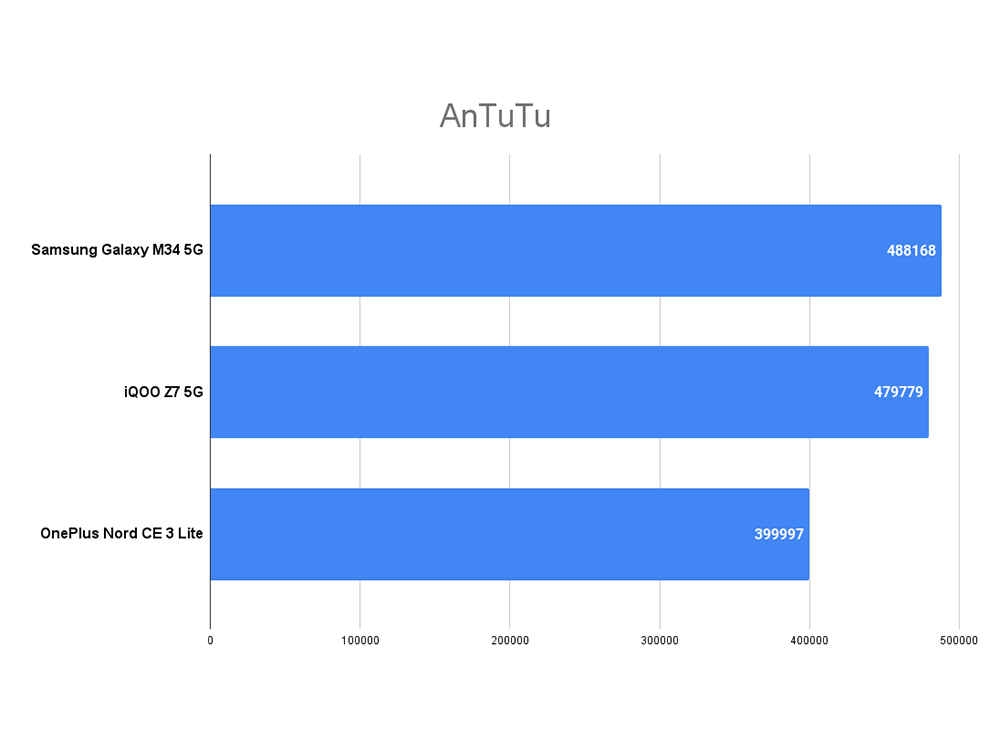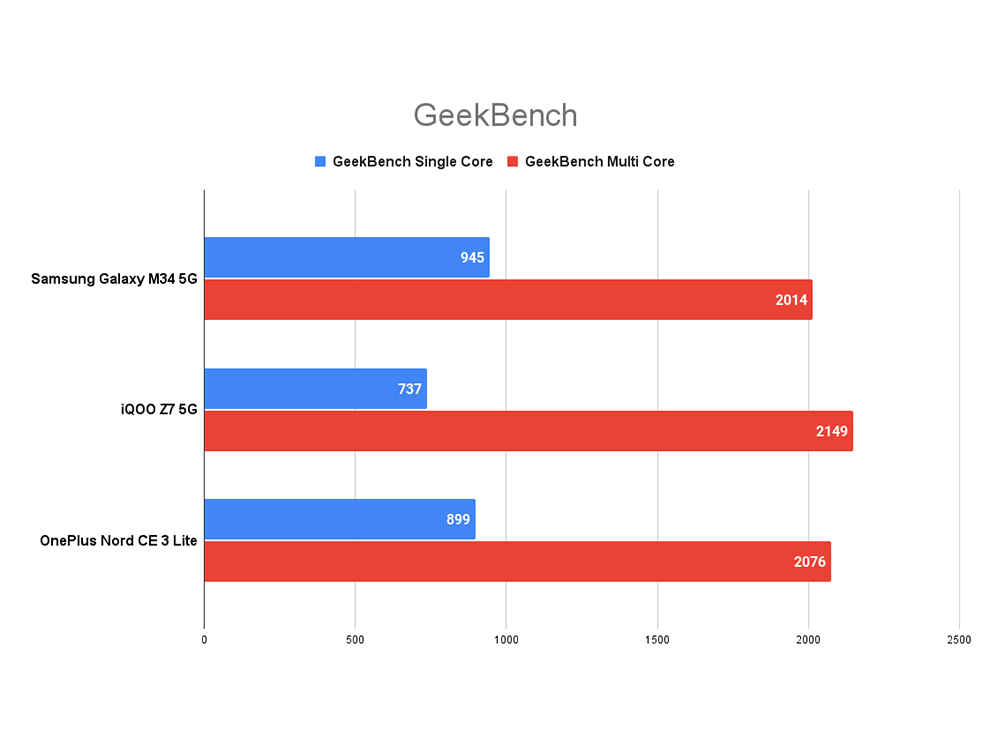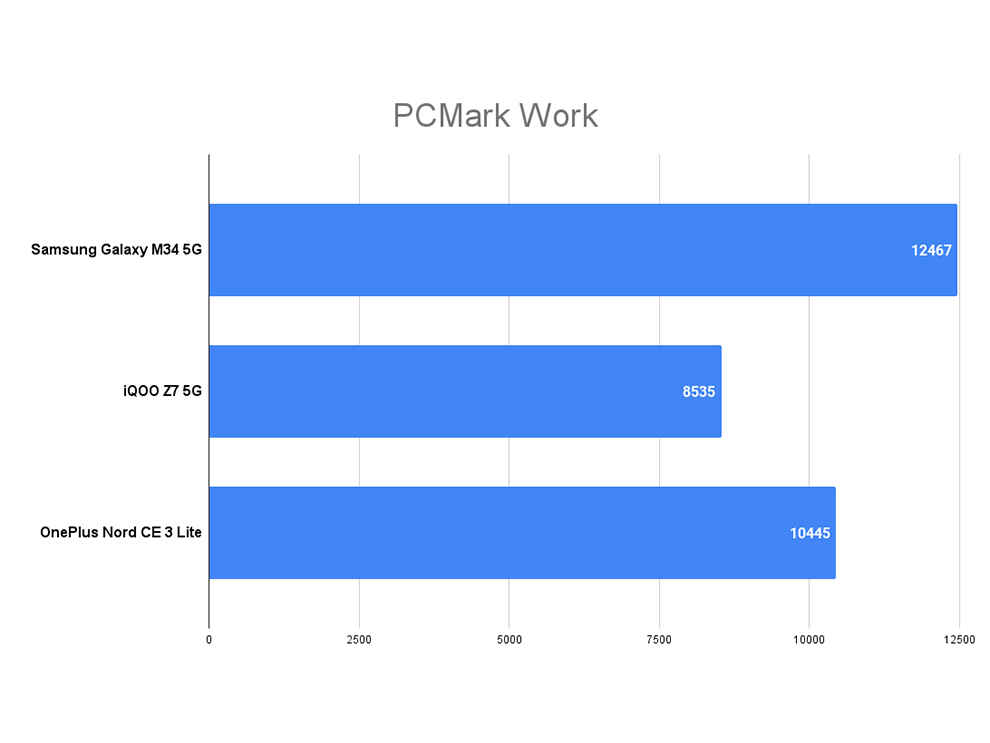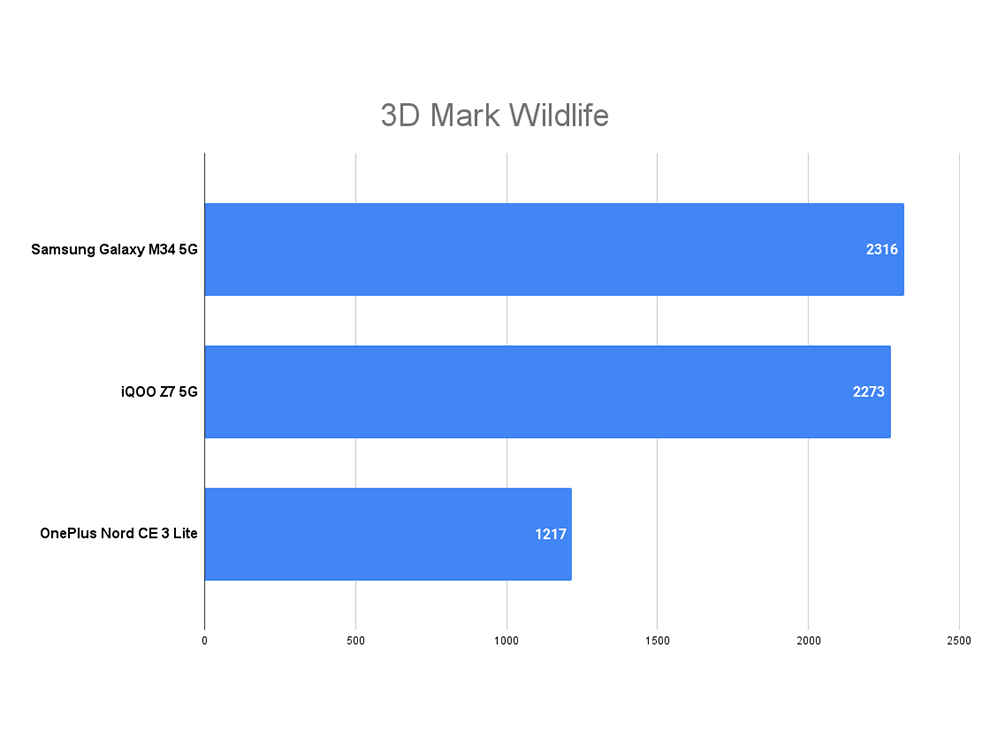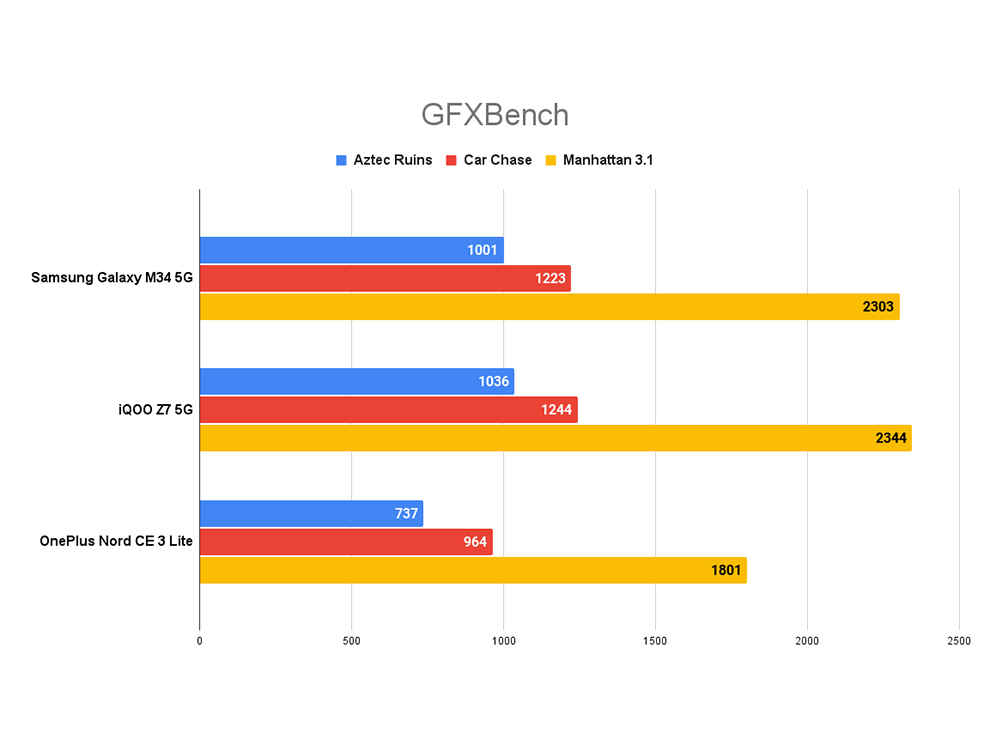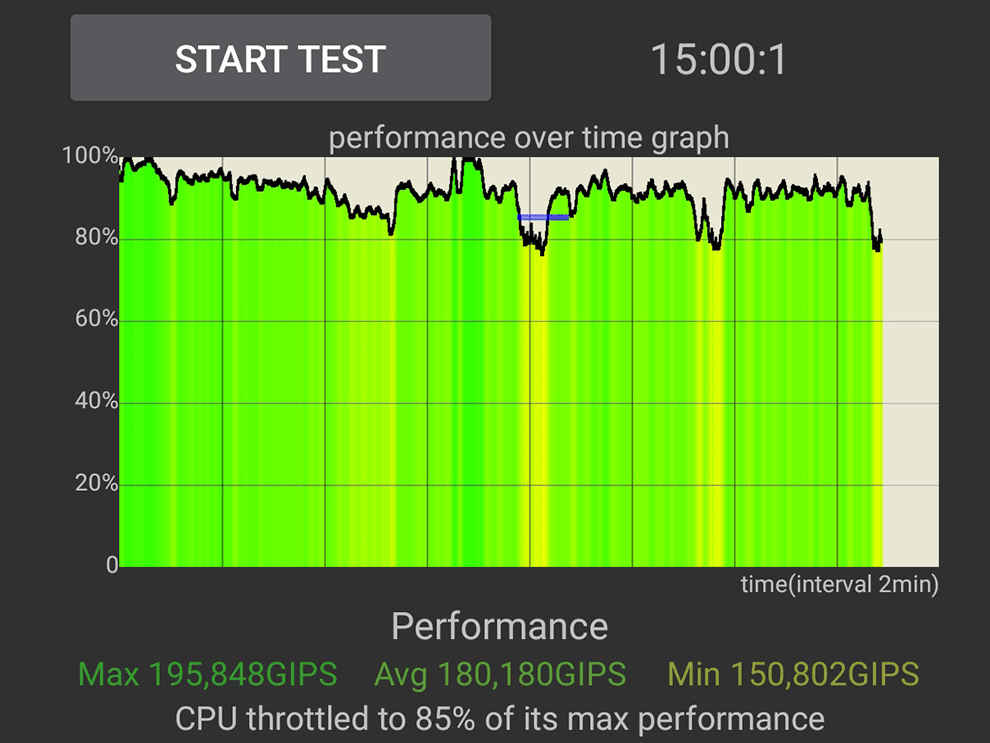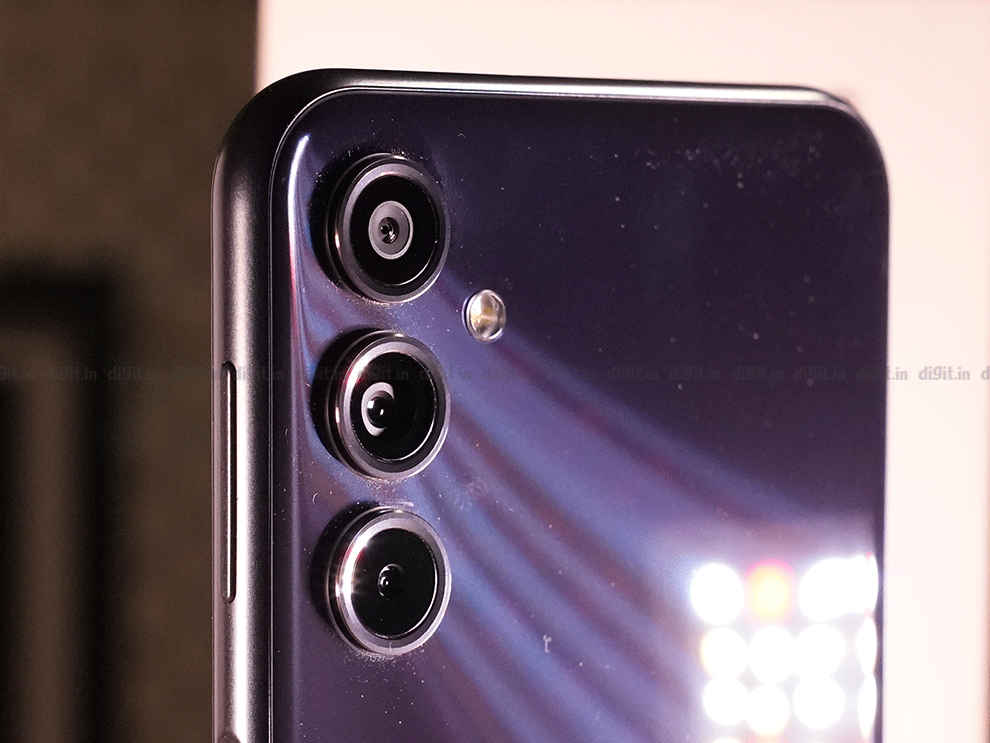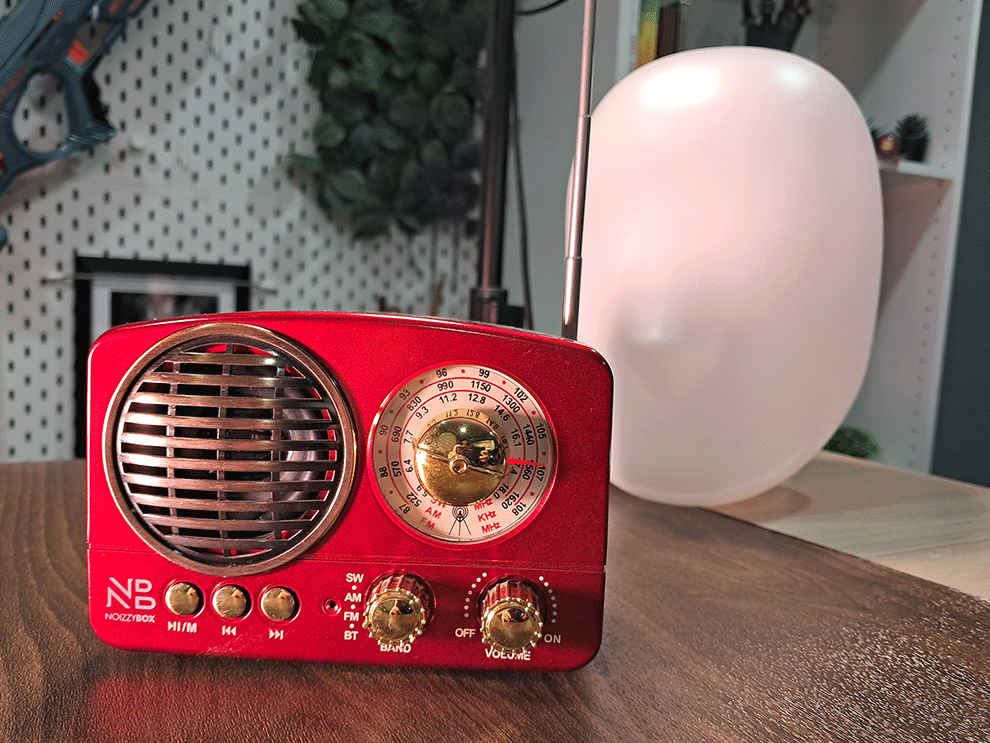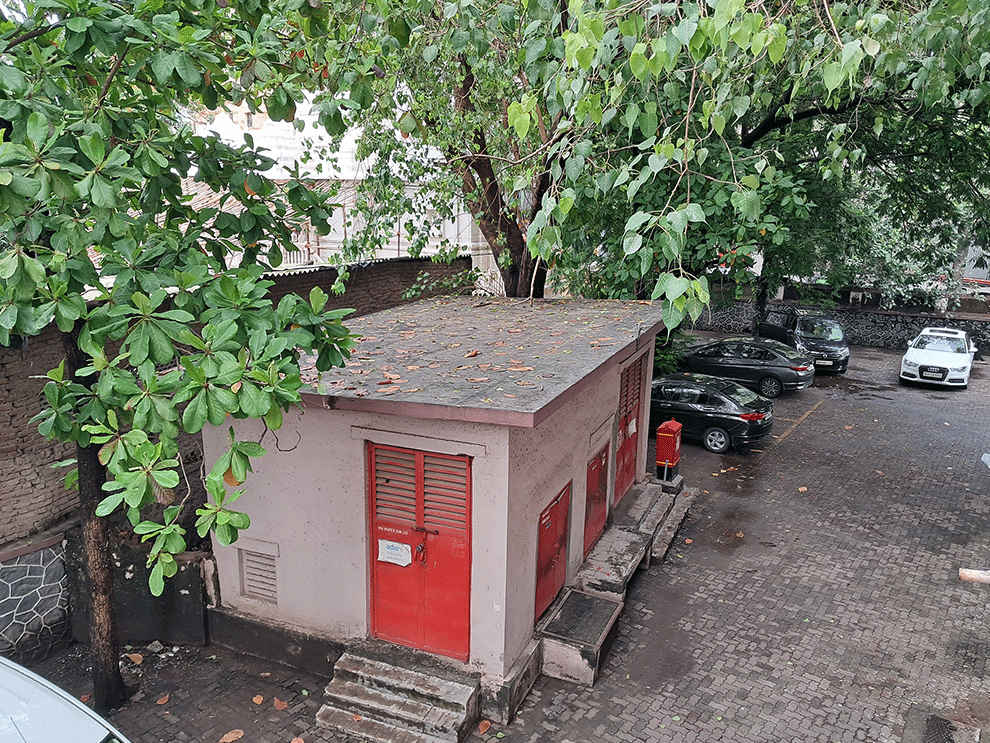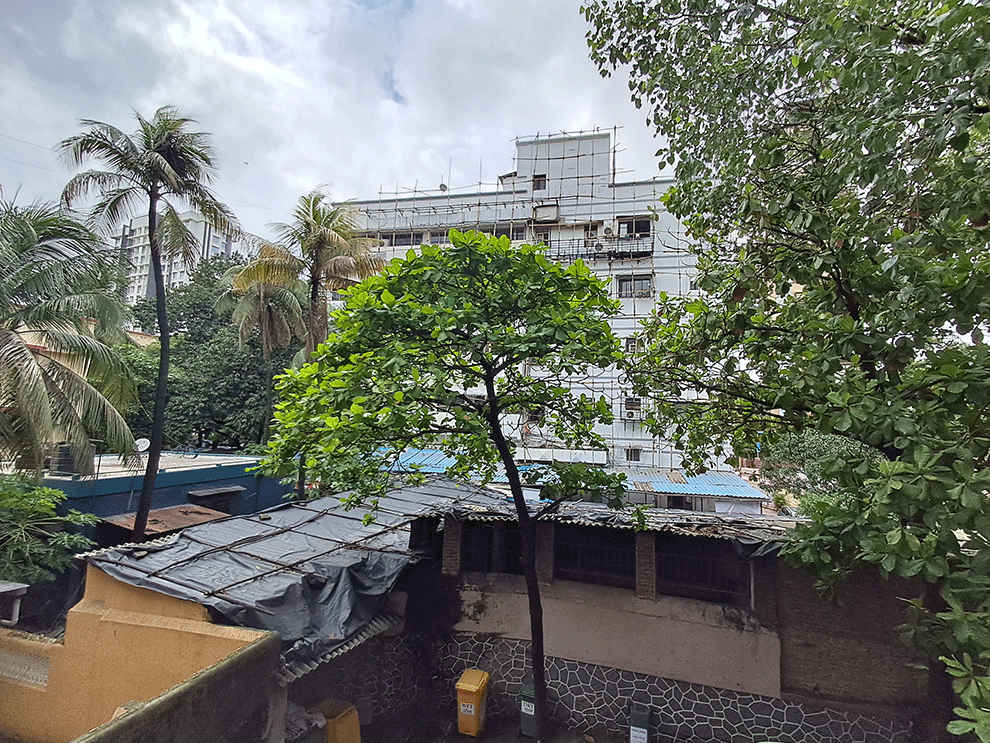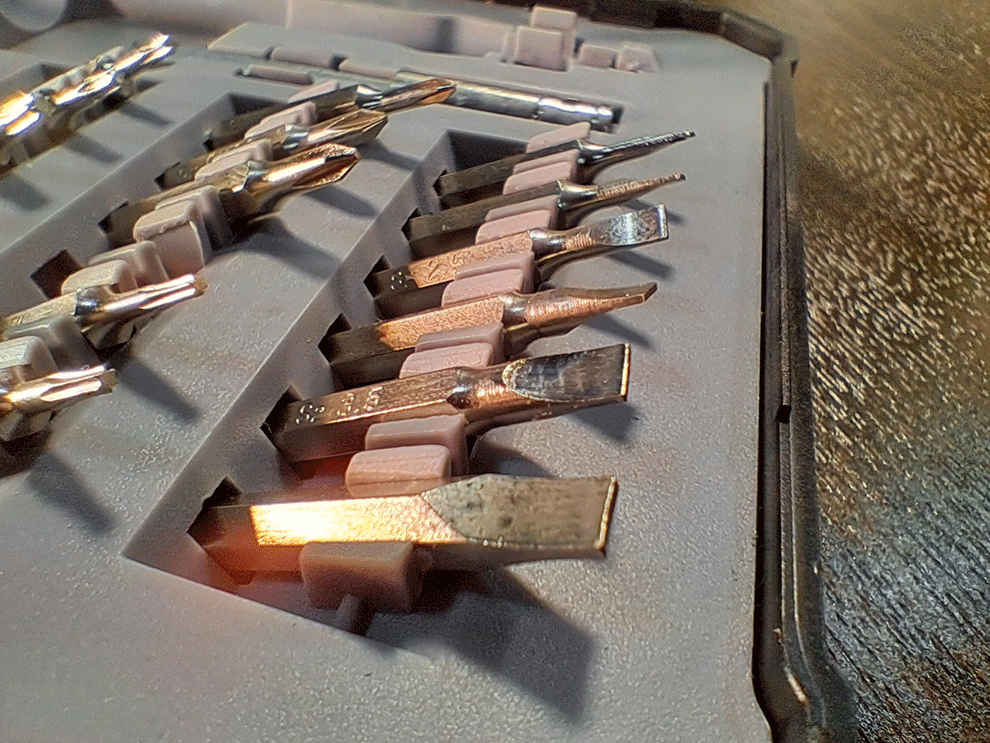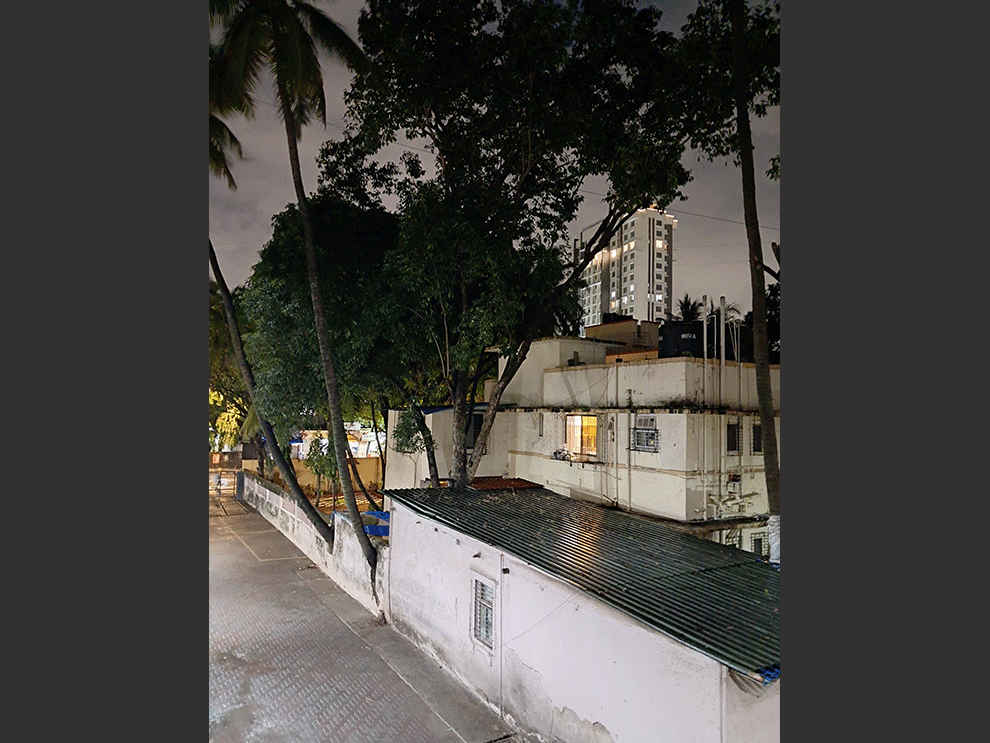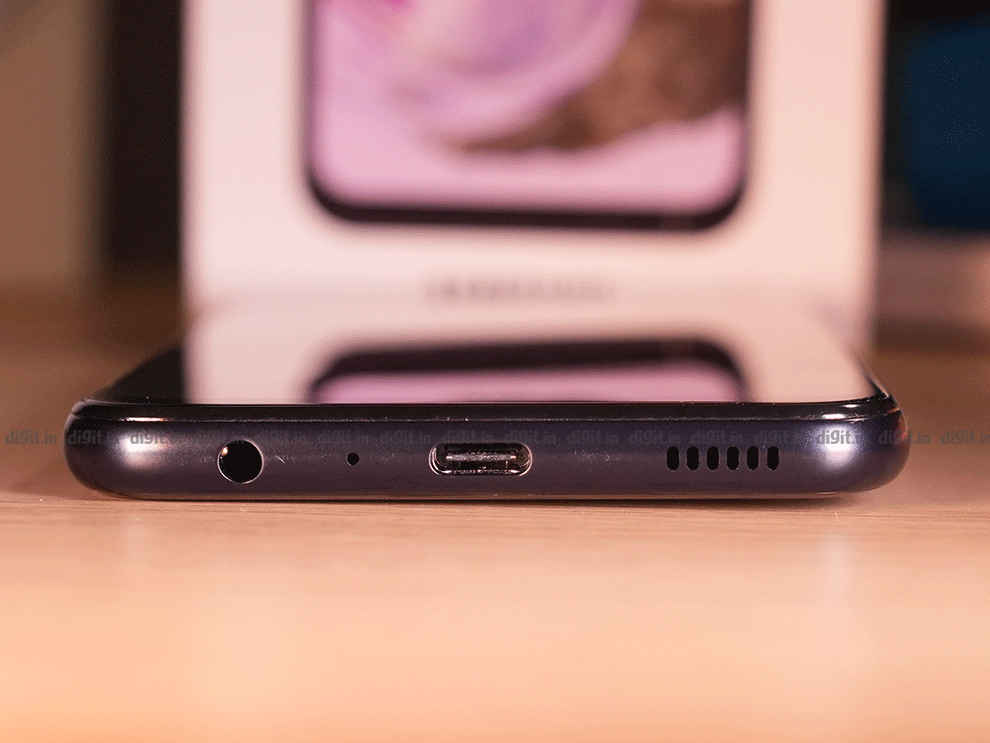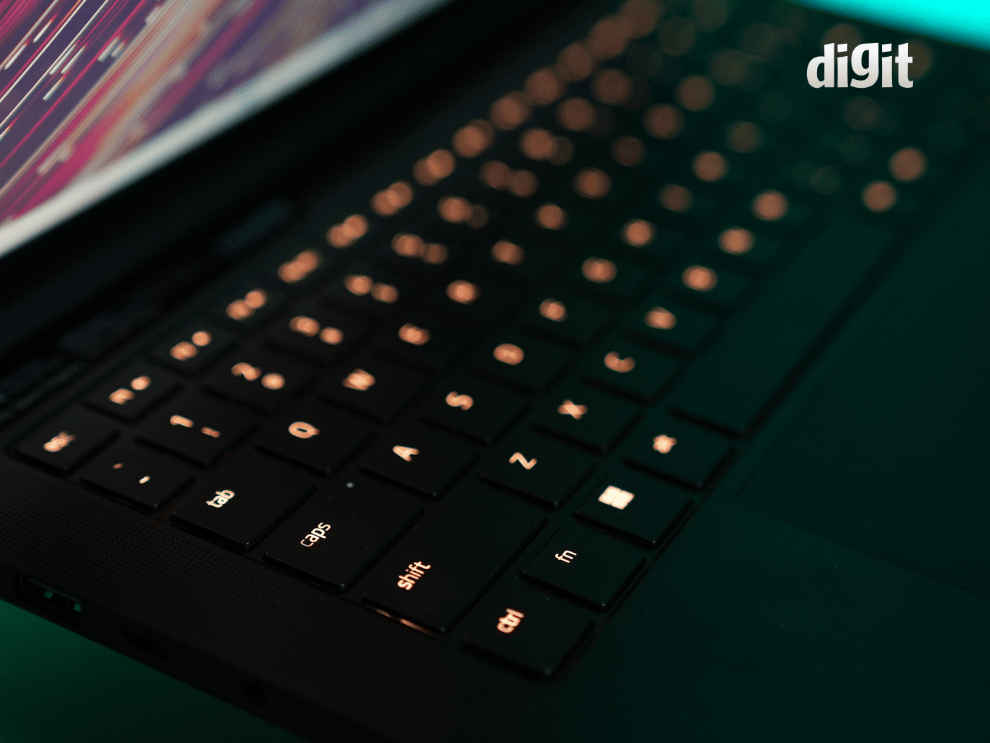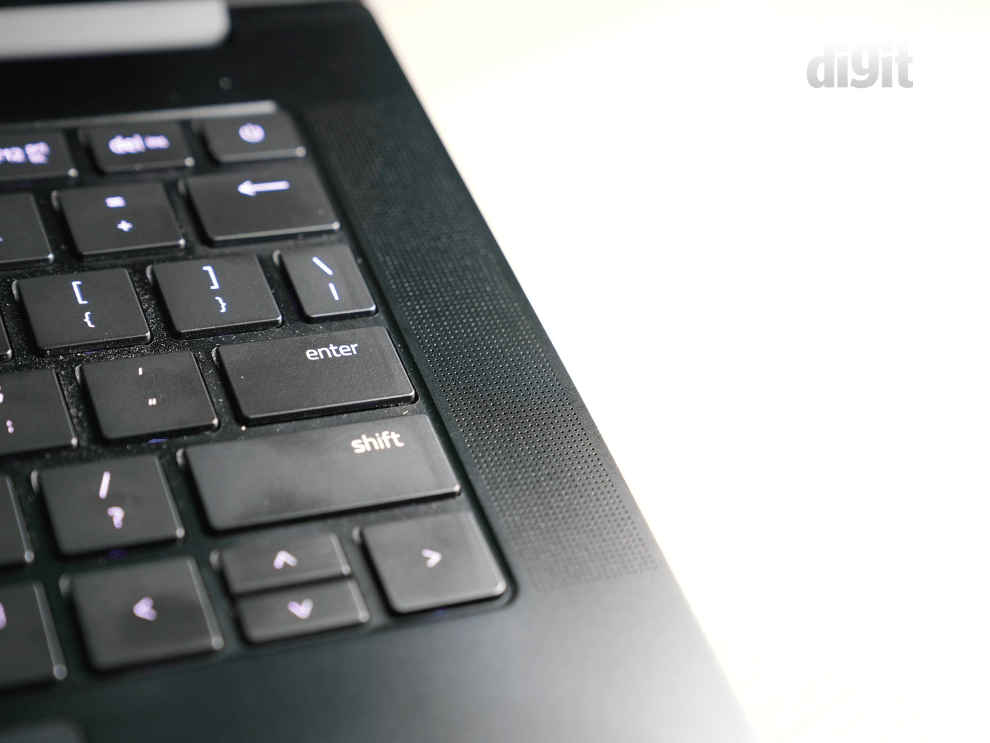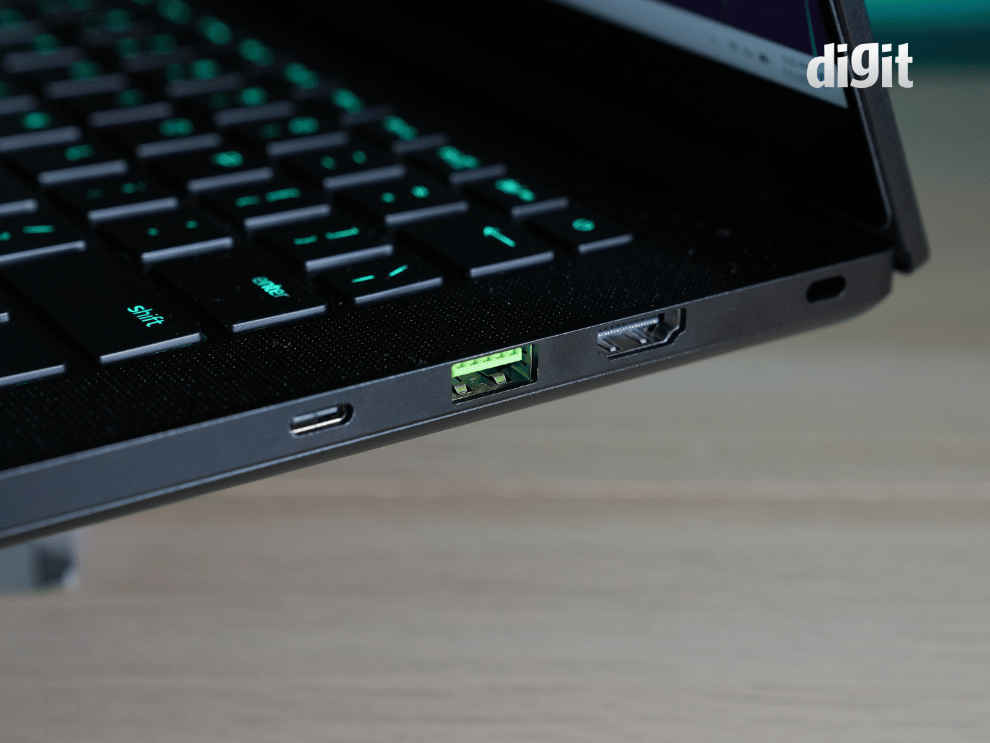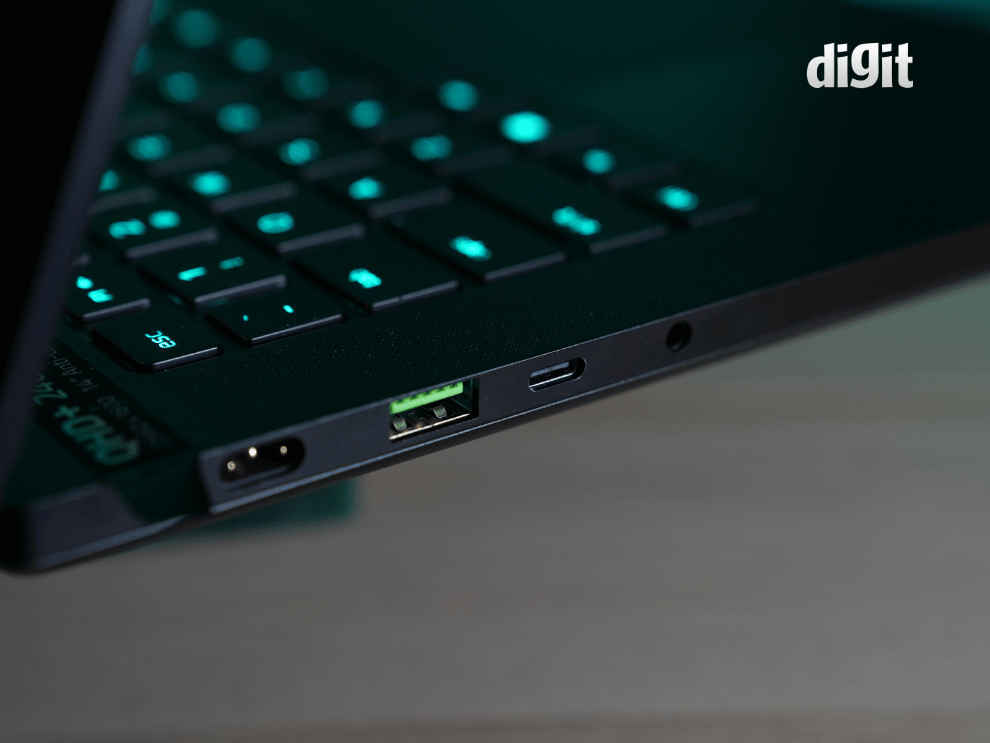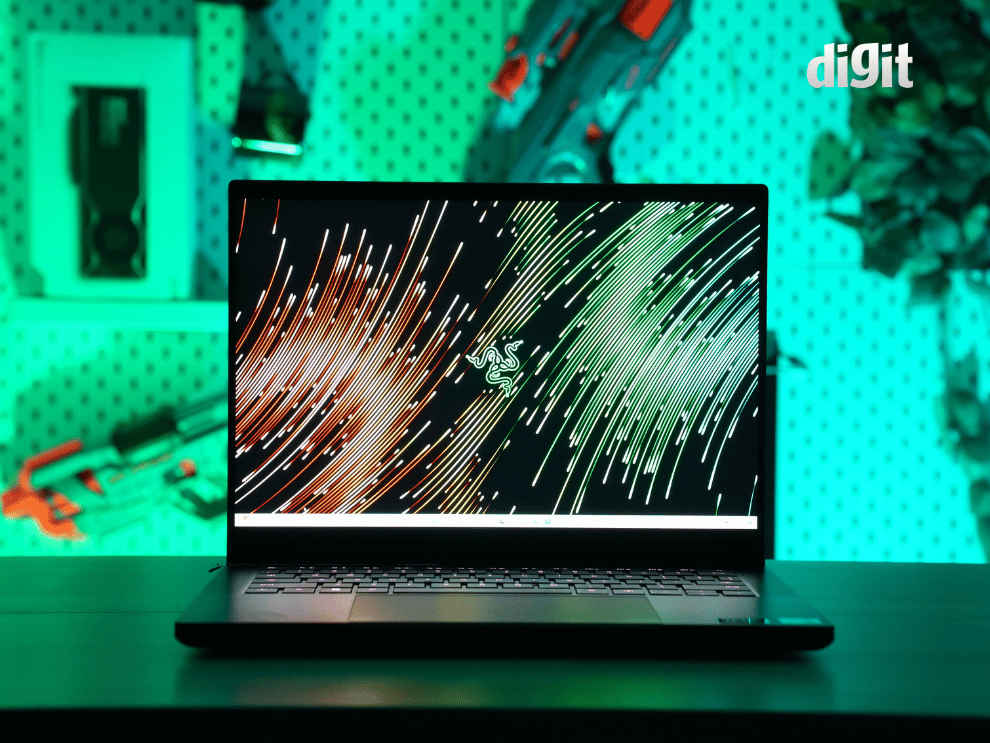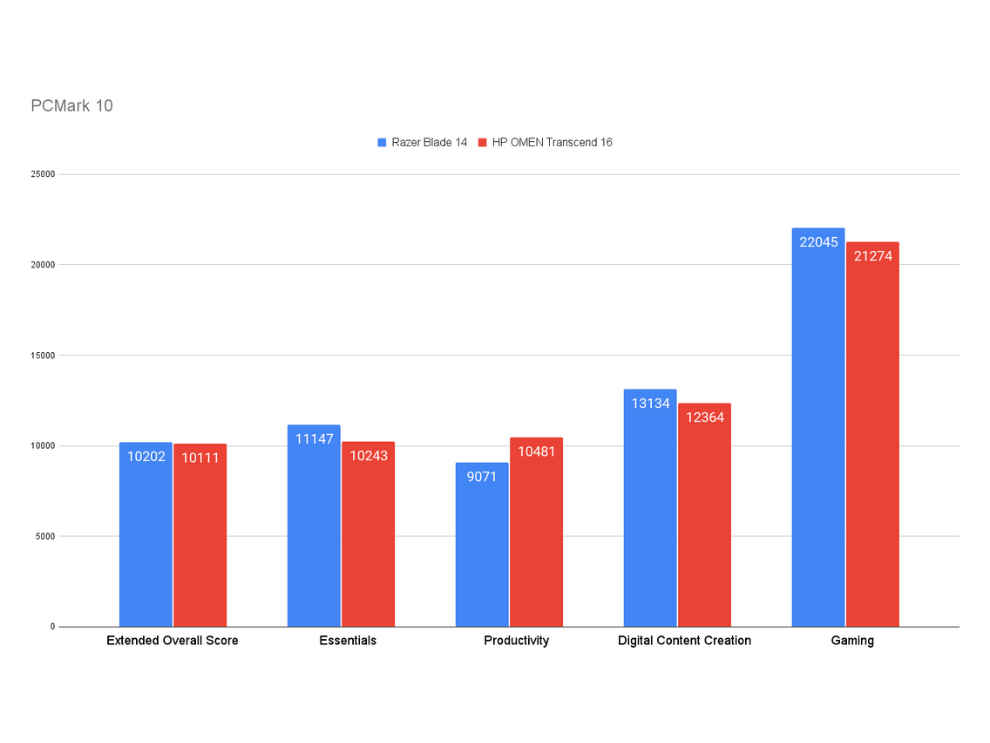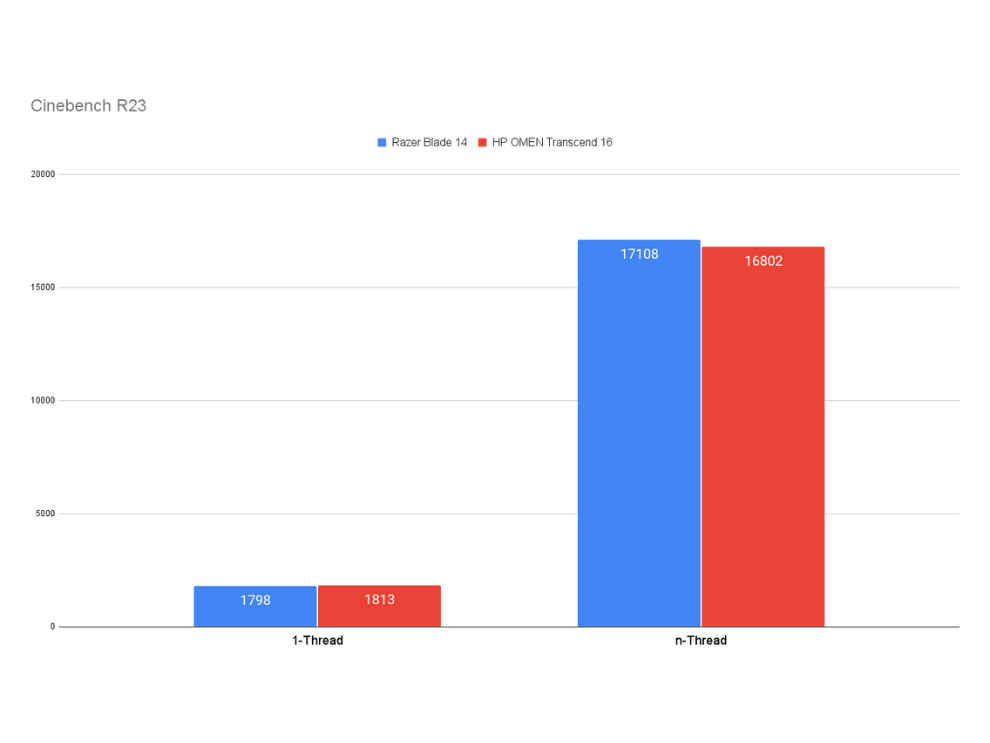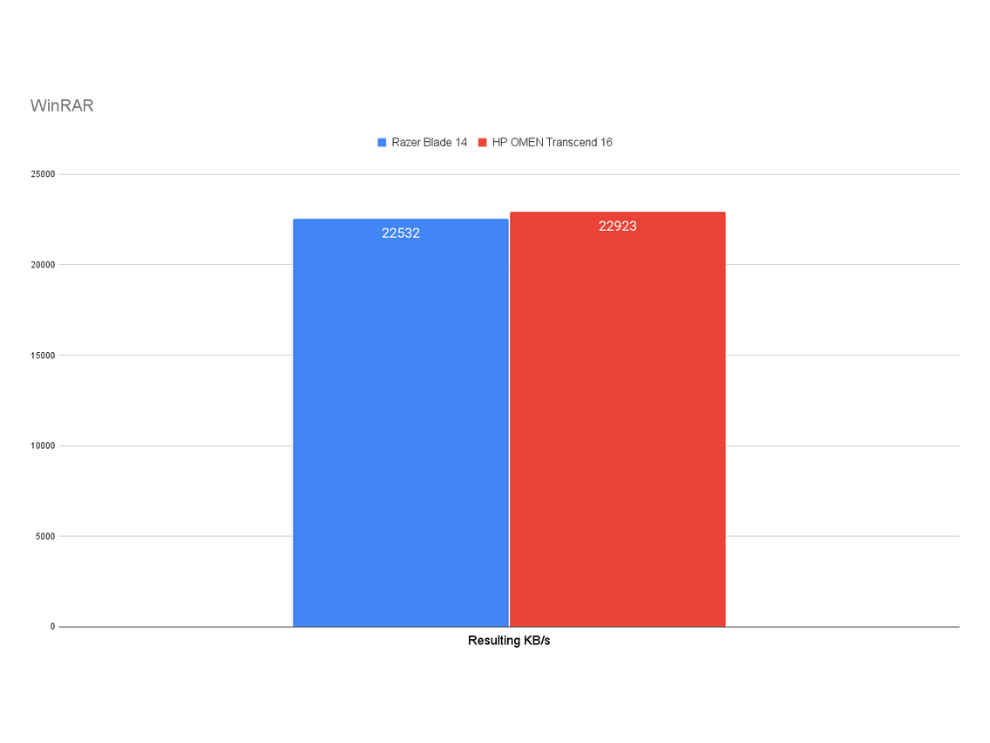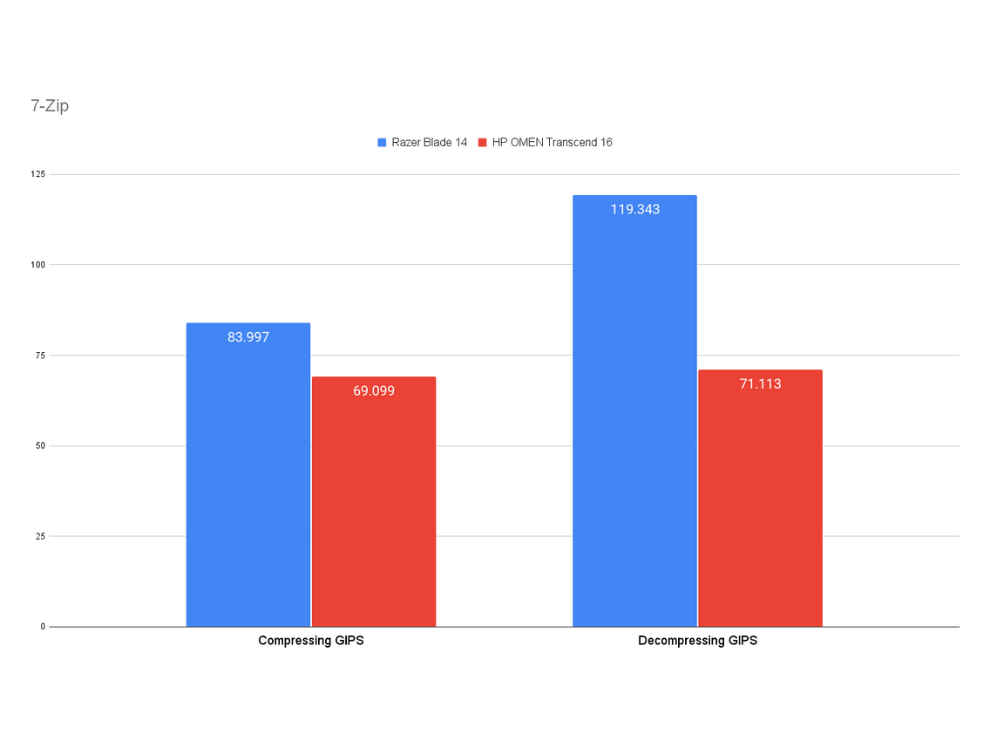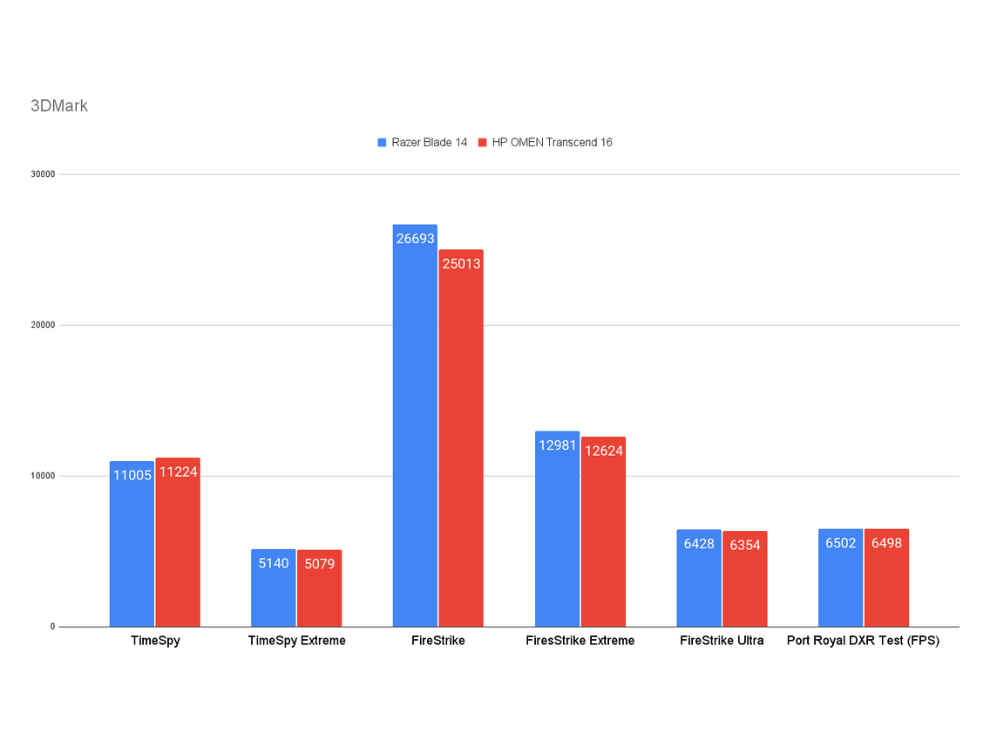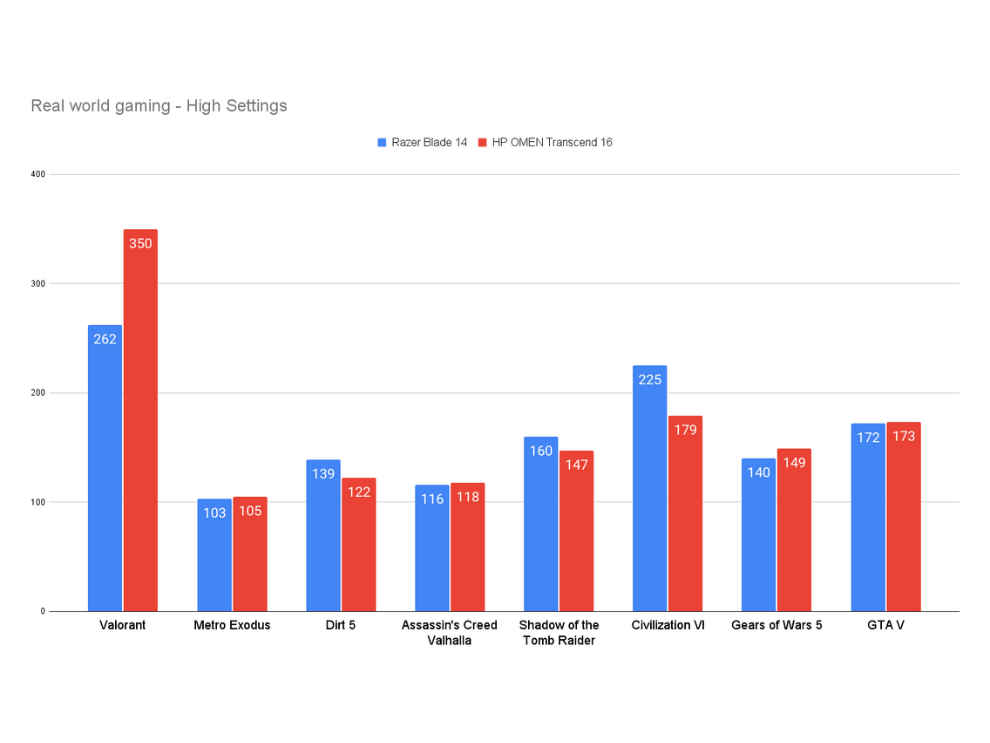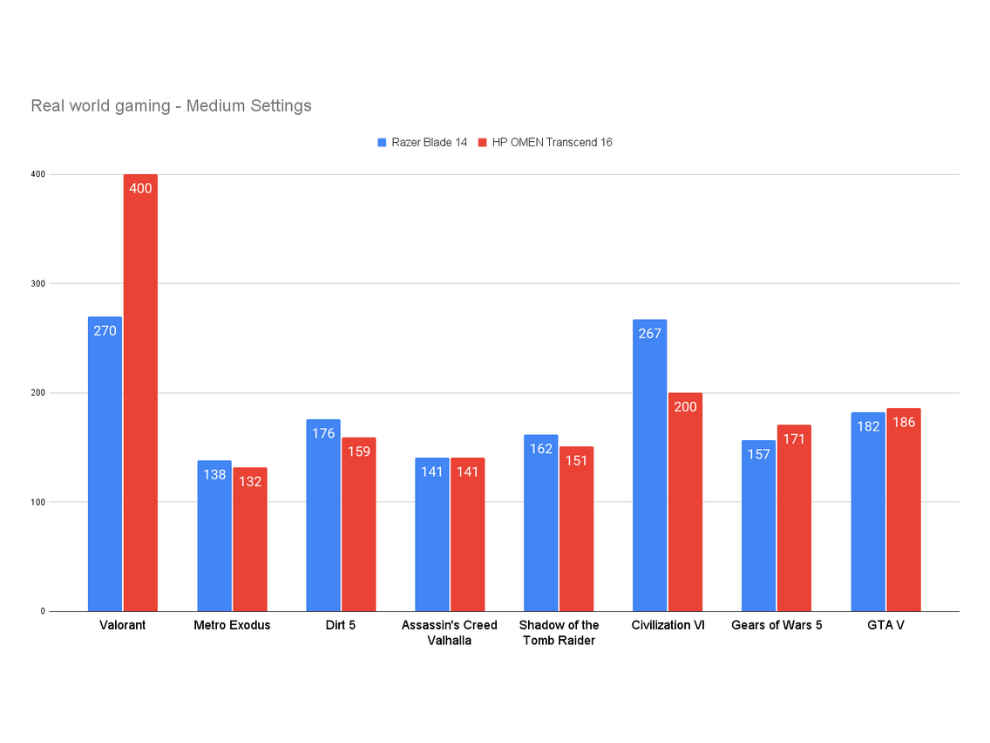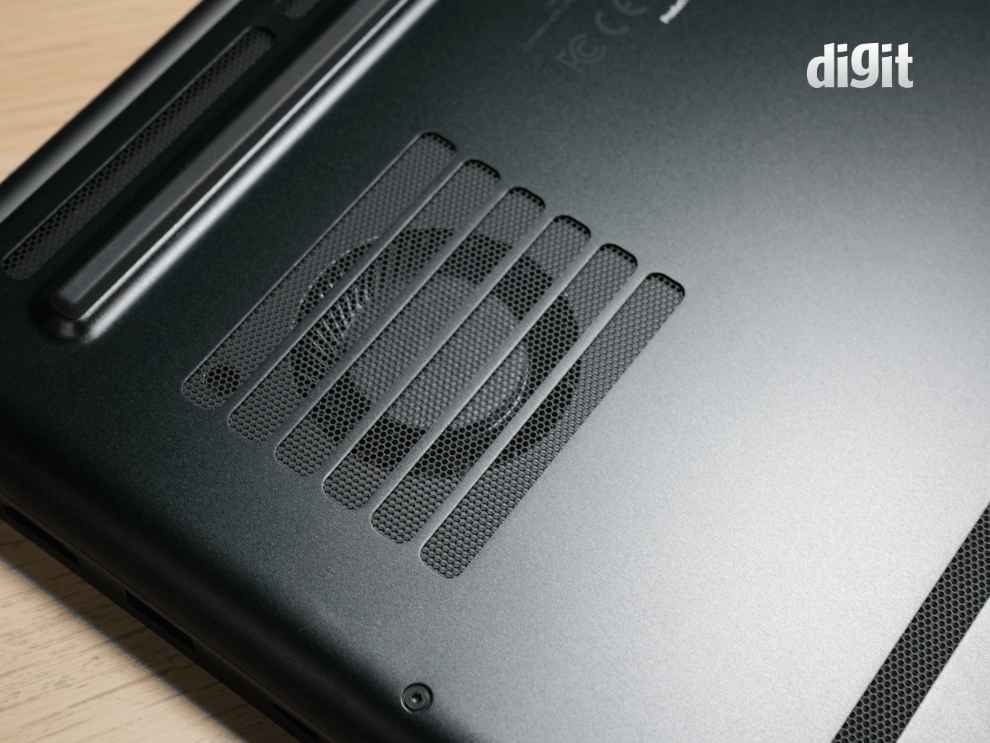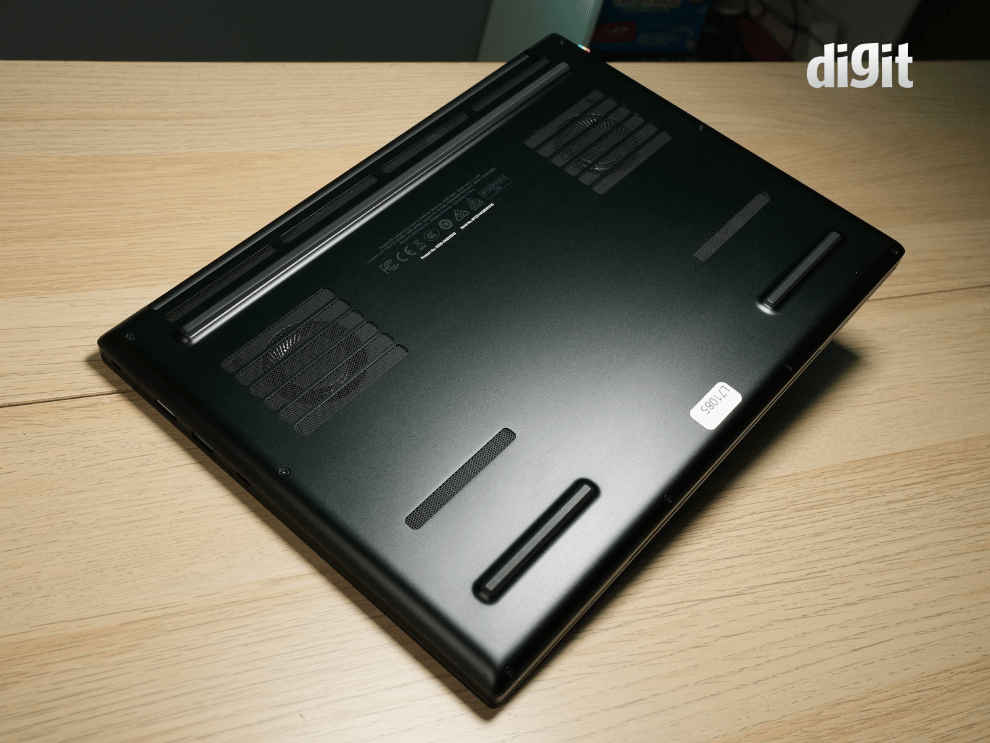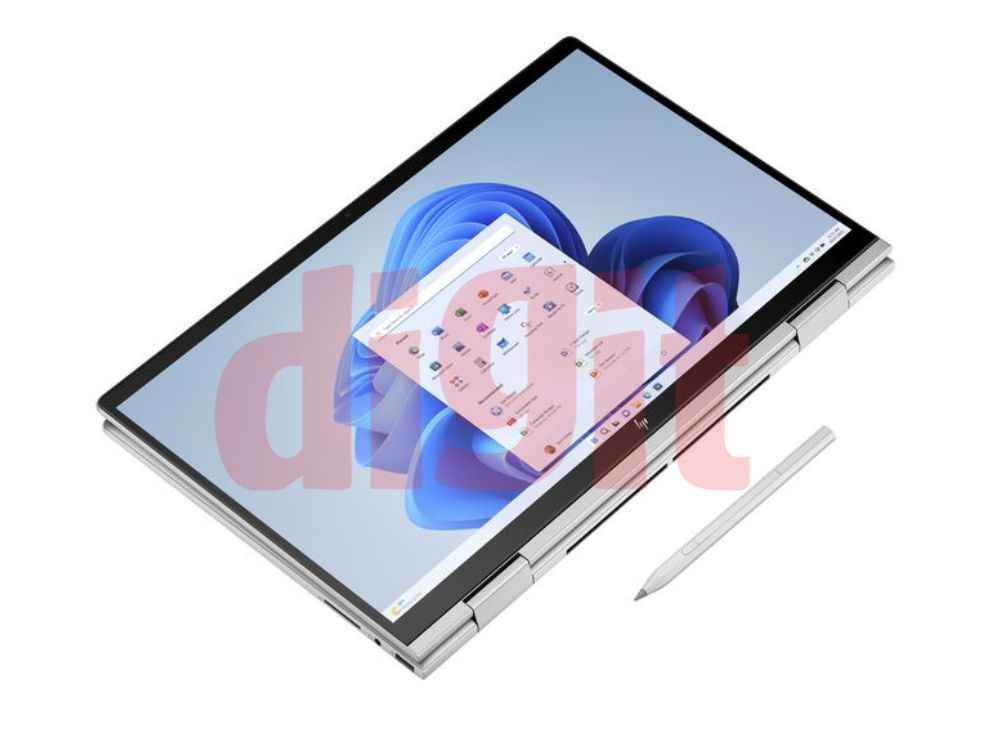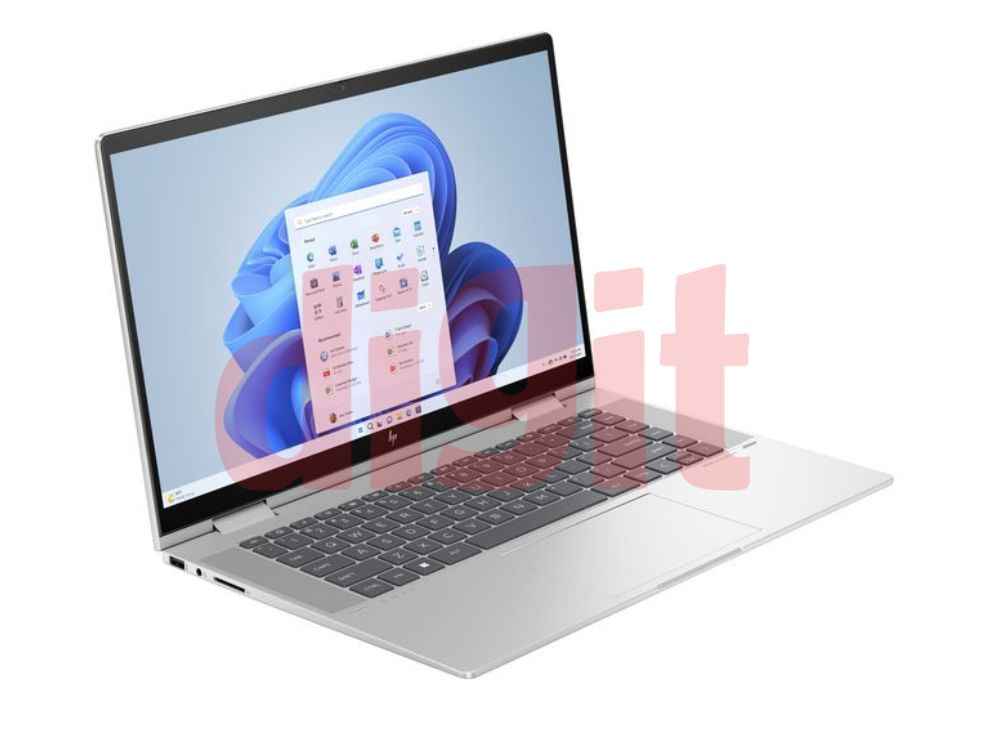When the Realme 11 Pro launched in India, it was an easy recommendation for me given the great design, dependable performance, and improved camera. The Realme Narzo 60 Pro, priced starting at ₹23,999, offers the exact same experience – so I cannot say that I don’t love the device. The Realme Narzo 60 Pro 5G is truly fantastic for the price; one that will draw in most people’s attention. However, it makes it difficult to decide which one to recommend to people now, since they sport the exact same specifications. If you are going for the 12 GB + 256 GB variant, it would be prudent to go for the Realme Narzo 60 Pro since it is cheaper than the same storage version of the Realme 11 Pro. And of course, if you need a LOT of storage, go for the Narzo 60 Pro since it comes with that 1 TB model for ₹29,999.
The Realme Narzo 60 series is finally here; the company has launched two phones in this lineup – the Realme Narzo 60 and Realme Narzo 60 Pro. I got the latter for review and upon opening the box, I couldn’t shake the feeling that the phone feels very familiar. In fact, all the specifications were also oddly familiar. Finally, it hit me that the phone shares the exact same specifications as the newly-launched Realme 11 Pro (review). Save a few. For instance, the Realme Narzo 60 Pro comes with a 1 TB storage variant unlike the Realme 11 Pro and it sports a slightly altered design. When we recently spoke to a Realme executive about the latest Narzo 60 Pro, they denied that the phone is a rebranded Realme 11 Pro, you can read that interview here. However, it certainly looks and feels like a rebrand, in my opinion. With that said, the world of smartphones is no stranger to redesigned/rebranded phones, but let’s see if the Realme Narzo 60 Pro is actually worth its asking price.
Realme Narzo 60 Pro 5G Review: Build and designThe design of the Realme Narzo 60 Pro 5G is extremely eye-catching for the price. Then again, as with all other specifications, the design is very reminiscent of the Realme 11 Pro. The phone is available in two colourways – Mars Orange and Cosmic Black. The former, which we got for review, sports a luxurious-feeling vegan leather back, while the Black variant comes with a matte-textured rear panel.
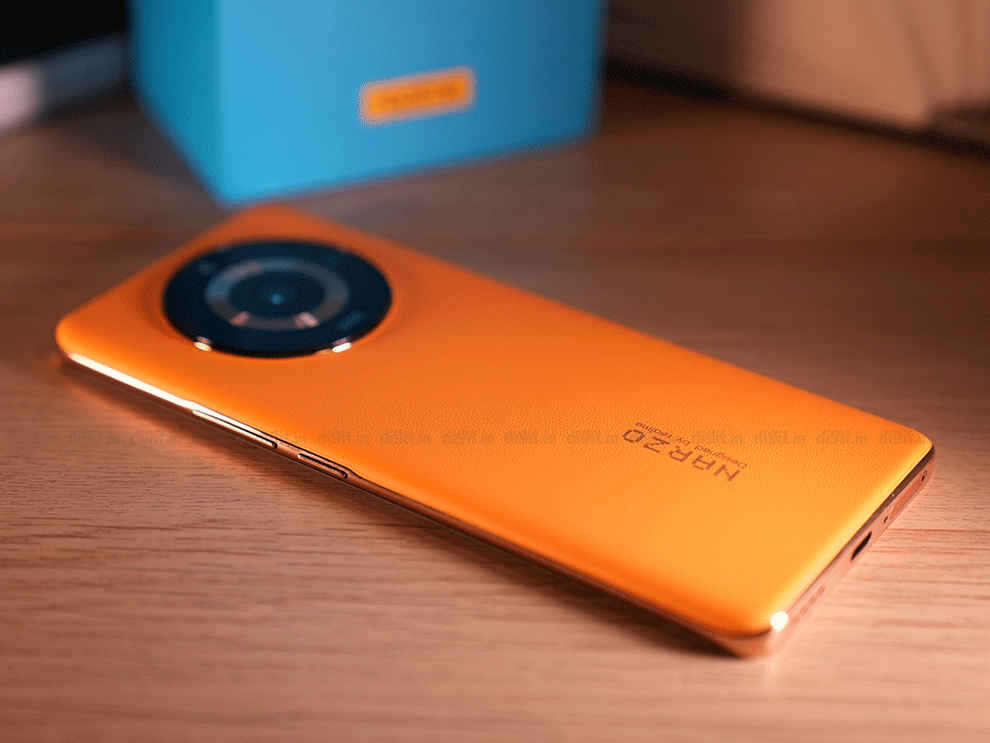
The vegan leather material looks very premium, and we’re seeing more and more phones adopt this texture on their mid-range offerings. There’s a circular camera module – much like the Realme 11 Pro – which houses two camera lenses and a flash. The words “100 MP OIS Camera” are etched on the bottom of this lens module. The design is beautiful but it misses out on an IP rating, which could be an issue for some.
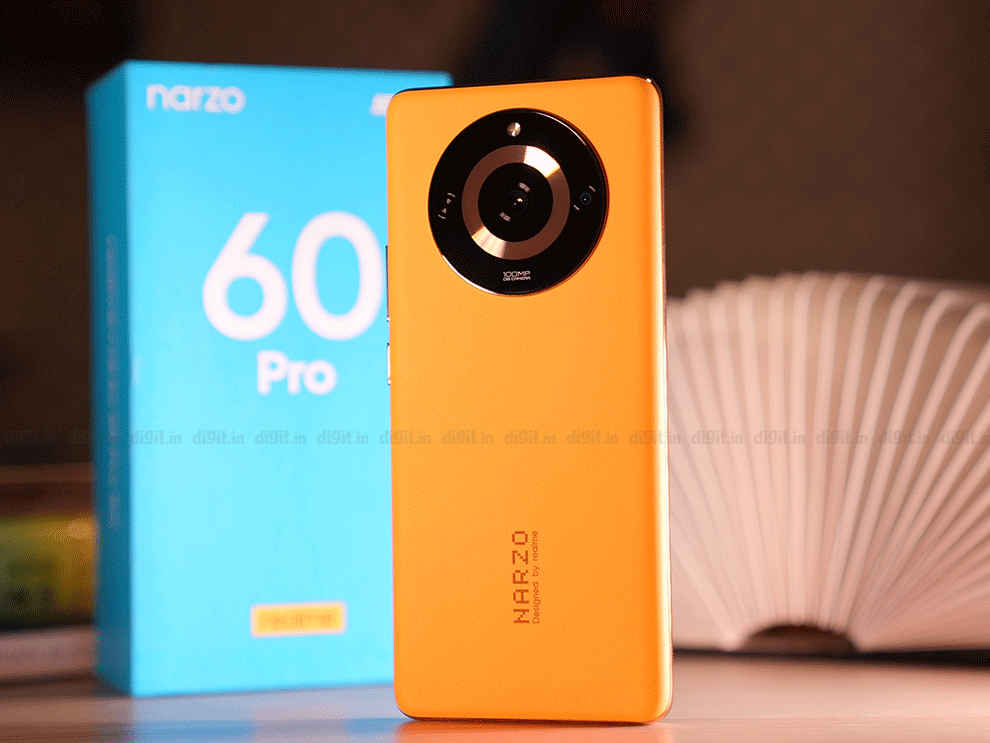
The sides of the front and the back are curved, adding to the premium factor. The phone’s leather variant weighs 189 g, so it is quite comfortable to hold for hours on end. The display has minimal bezels and they look well-balanced. There’s a small punch-hole cutout for the selfie camera. The curved display, however, is prone to some mistaps being registered.
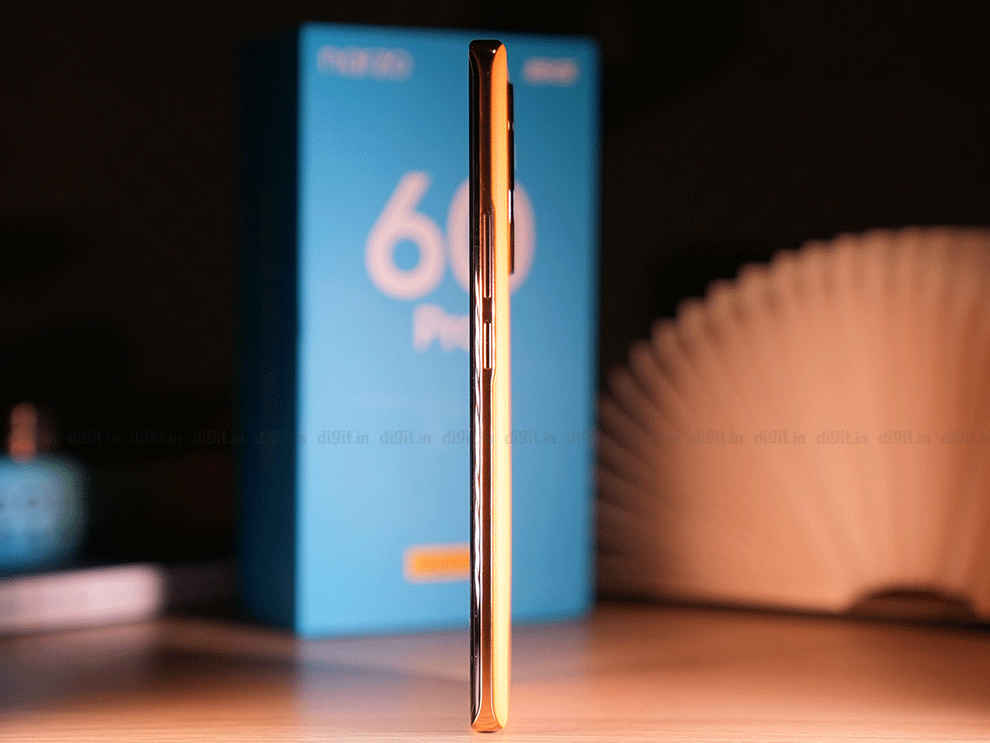
Moving on to the display, let's dive into the details. The Realme Narzo 60 Pro boasts a 6.7-inch curved AMOLED screen with a refresh rate of up to 120 Hz and a touch sampling rate of 360 Hz. The display is protected by AGC DragonTrail Star glass. Realme claims a 1,260 Hz instantaneous touch sampling rate. The optical in-display fingerprint sensor, although slightly slower than ideal, performed adequately during testing.
With its FHD+ resolution, the display offers plenty of crispness for its price point. The colours are vibrant, and the details are crisp. The display supports over 1 billion colours, ensuring a rich visual experience and overcoming the colour banding issues found in its predecessor. The AMOLED panel is surrounded by thin bezels, providing an immersive viewing experience.
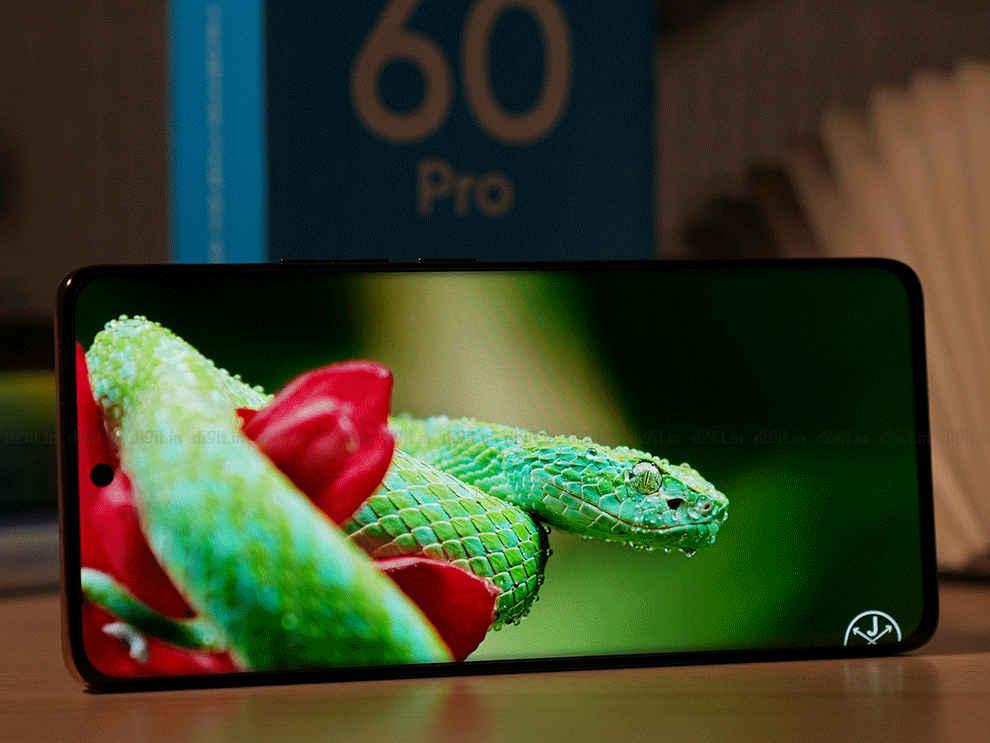
Brightness levels are impressive, leaving little room for complaints. Realme claims a peak brightness of 950 nits, and in our tests, we measured a reading of 923 nits under direct sunlight in Auto-Brightness Mode. This is quite impressive. Additionally, the AMOLED display can dim significantly, allowing comfortable usage even in low-light conditions.
The Realme Narzo 60 Pro supports HDR10+. Although HDR10+ is a welcome addition, it's worth noting that some streaming services like Netflix do not currently support HDR on the Realme Narzo 60 Pro.
Realme Narzo 60 Pro 5G Review: PerformancePriced below ₹25,000, the Realme Narzo 60 Pro delivers decent performance. However, the overall performance is significantly hindered by excessive bloatware. The number of pre-installed apps is quite overwhelming. On top of that, there are excessive pop-up notifications, unremovable "suggested apps" folders, and more, resulting in an unpleasant user interface experience.
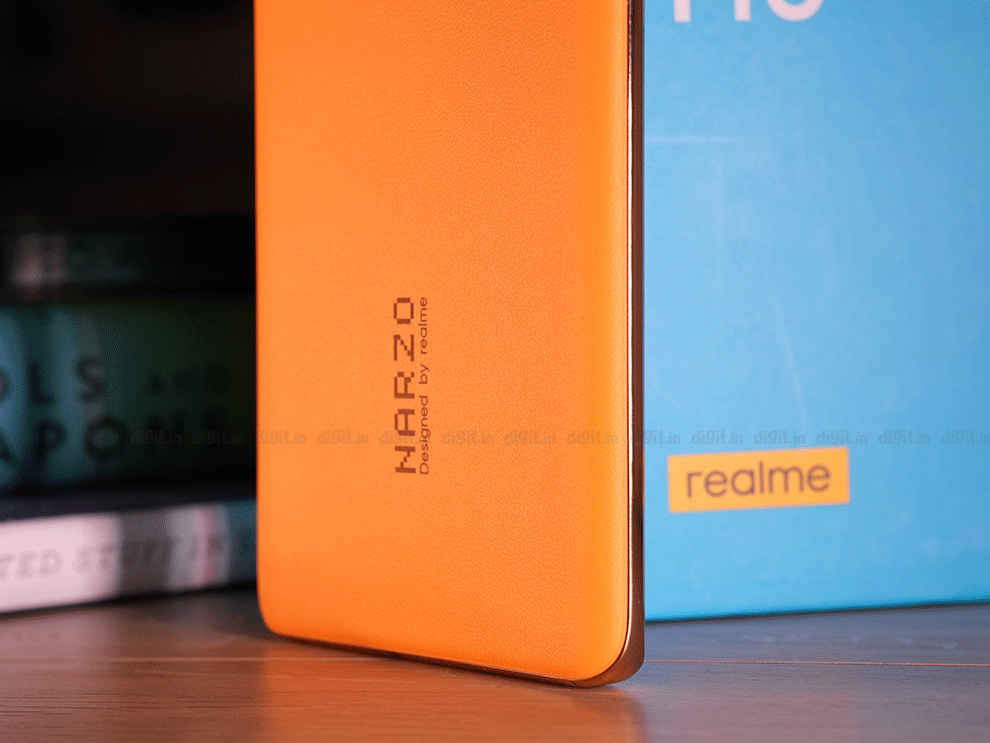
The phone runs on Android 13 with Realme UI 4.0 on top. Realme promises 2 years of OS updates and 3 years of security updates, which is commendable. Now, let's delve into the hardware that powers the phone.
The Realme Narzo 60 Pro is equipped with the MediaTek Dimensity 7050 SoC – the same as the Realme 11 Pro. It is manufactured using the 6 nm process and clocked at a maximum speed of 2.6 GHz. The phone comes with up to 12 GB RAM and up to 1 TB storage. This is one of the first, if not the first, phones to offer 1 TB storage at this price, so that’s commendable. Considering its price range, the processor delivers admirable performance, outperforming a couple of similarly priced alternatives. We compared the Realme Narzo 60 Pro to the OnePlus Nord CE 3 Lite and POCO X5 Pro.
In both the AnTuTu and GeekBench Single-Core tests, the Realme Narzo 60 Pro outperformed the OnePlus Nord CE 3 Lite and POCO X5 Pro. However, in the Multi-Core test, the POCO X5 Pro pulled ahead. One area where the Realme Narzo 60 Pro excelled was in the PCMarkWork test, which simulates day-to-day tasks such as spreadsheet usage and photo editing. The Realme Narzo 60 Pro easily outperformed most competitors in this benchmark.
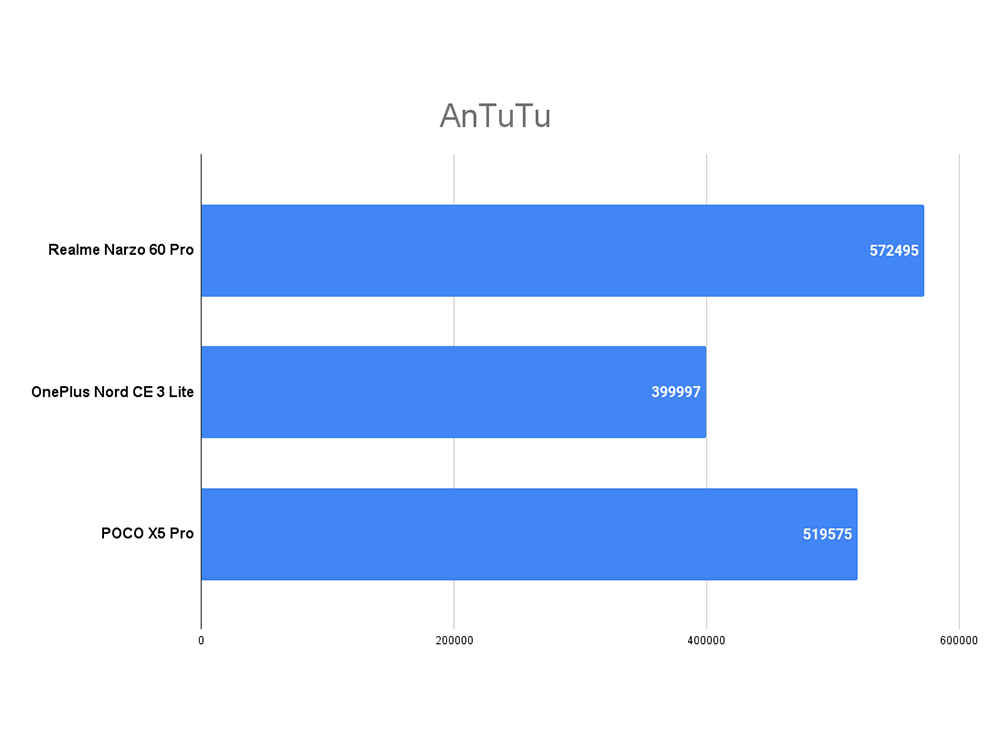
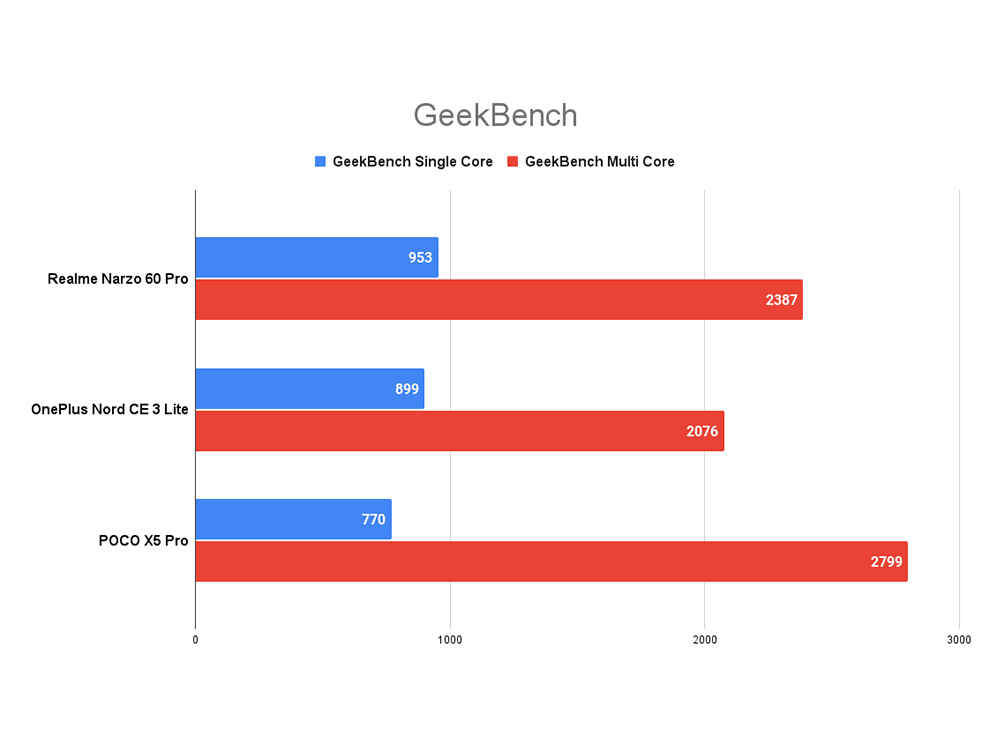
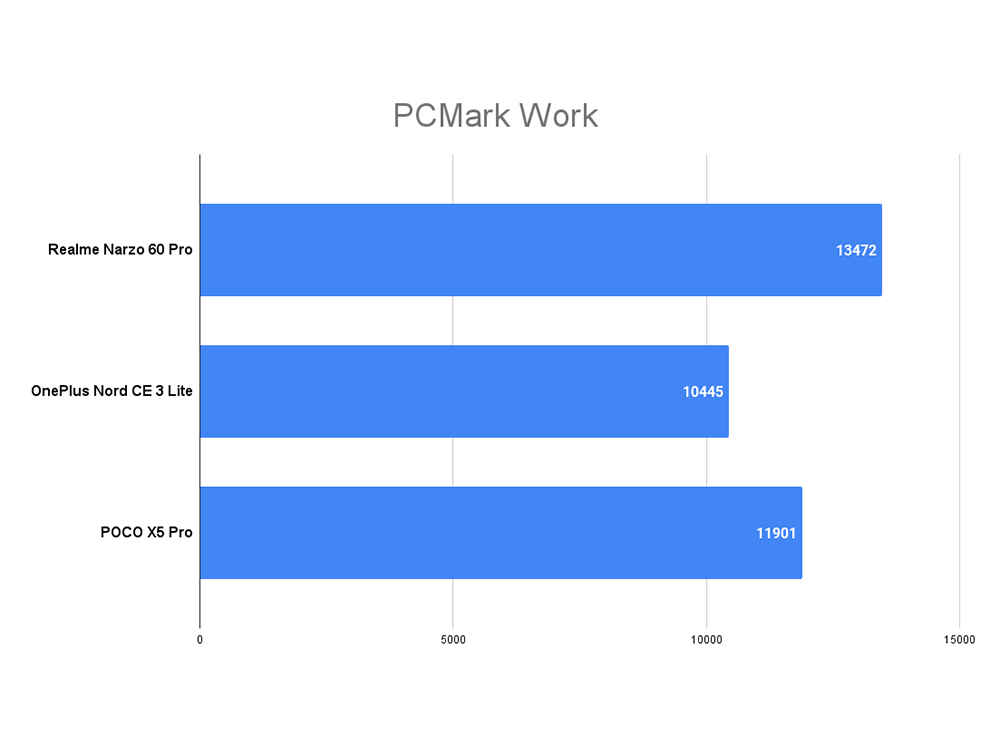
In GPU tests, the Realme Narzo 60 Pro falls behind the POCO X5 Pro, which achieved better scores in GFXBench and 3D Mark. Nevertheless, real-world gaming performance was smooth. We experienced consistent frame rates at High Graphics settings, and the phone didn't heat up significantly during extended gaming sessions.
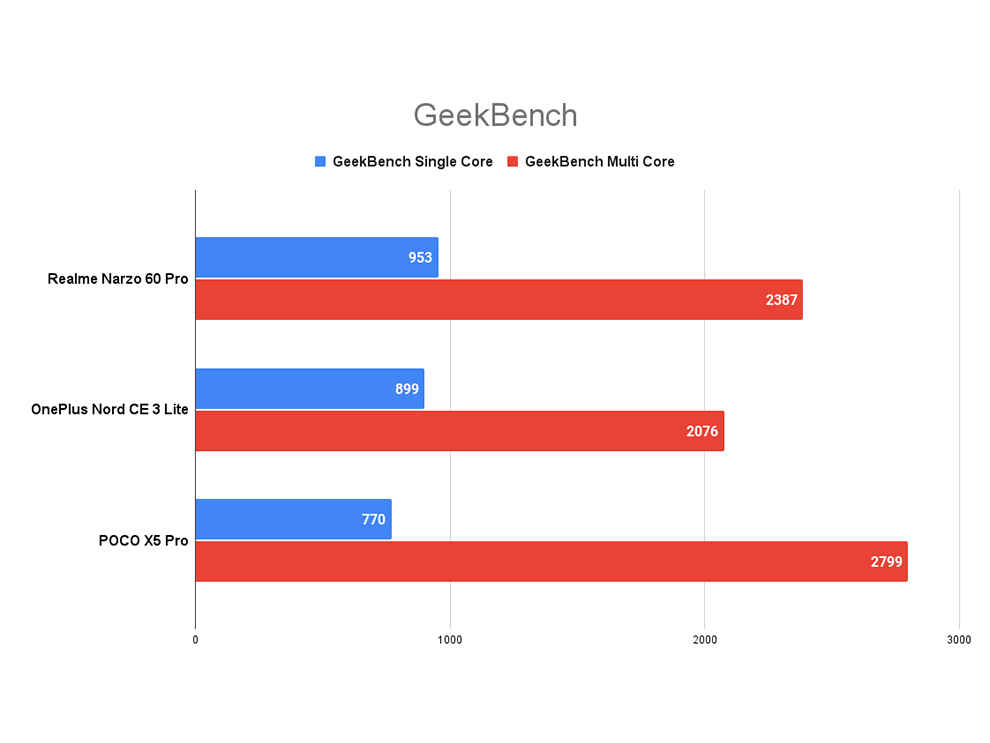
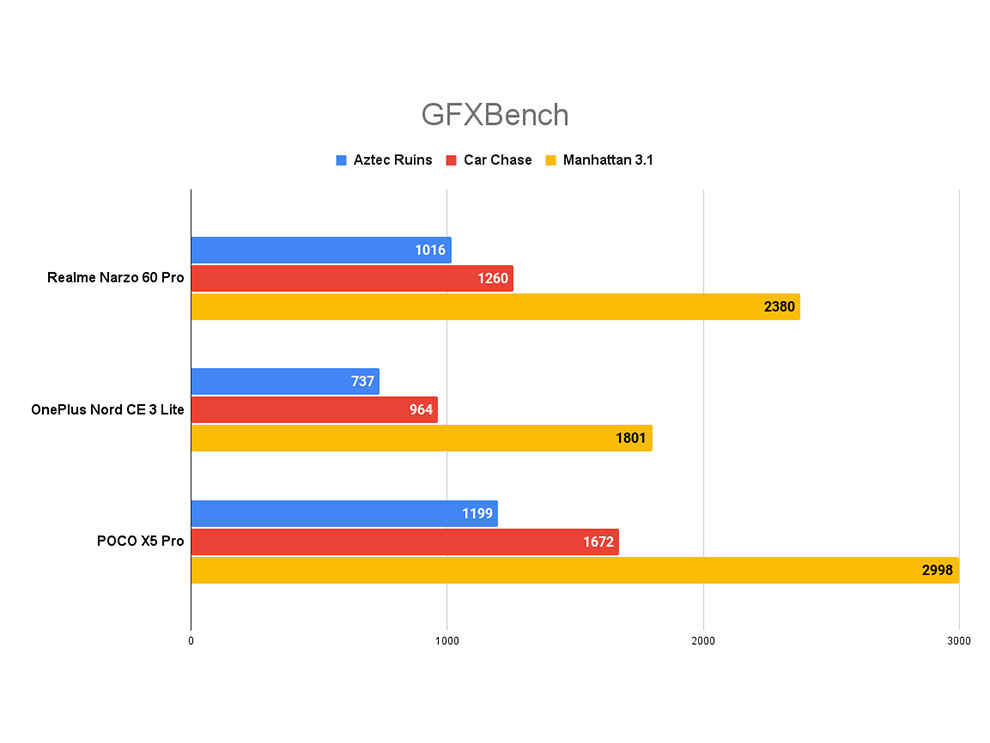
Realme has done a decent job in terms of thermal management. Even under peak load, the phone exhibited minimal throttling, maintaining 83 per cent of its peak performance in the CPU Throttling Test. Overall, the Realme Narzo 60 Pro delivers smooth and reliable performance in the sub-₹25K price segment. While it may not be a game-changer, it provides a decent experience, albeit one marred by excessive bloatware and push notifications.
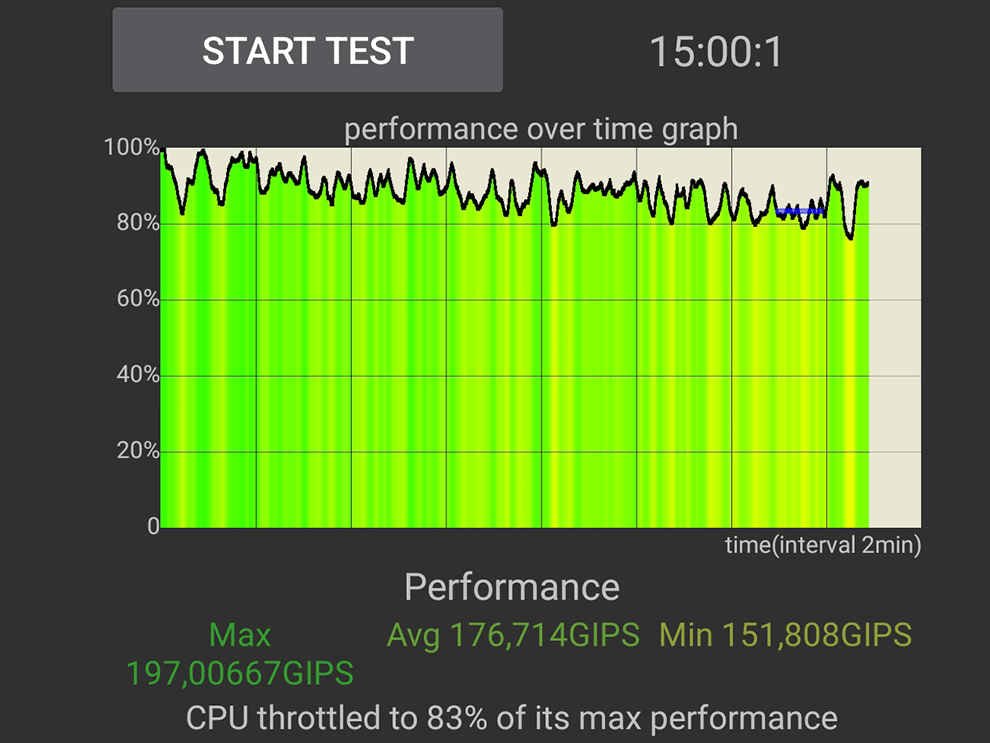
The Realme Narzo 60 Pro features a 100 MP Omnivision camera paired with a 2 MP depth lens – the same as the Realme 11 Pro. The primary camera comes with Optical Image Stabilisation support, and Realme heavily emphasizes its 2x lossless zoom or "in-sensor zoom" feature. The phone also offers an Auto Zoom feature that crops onto a subject and centres it in the frame.
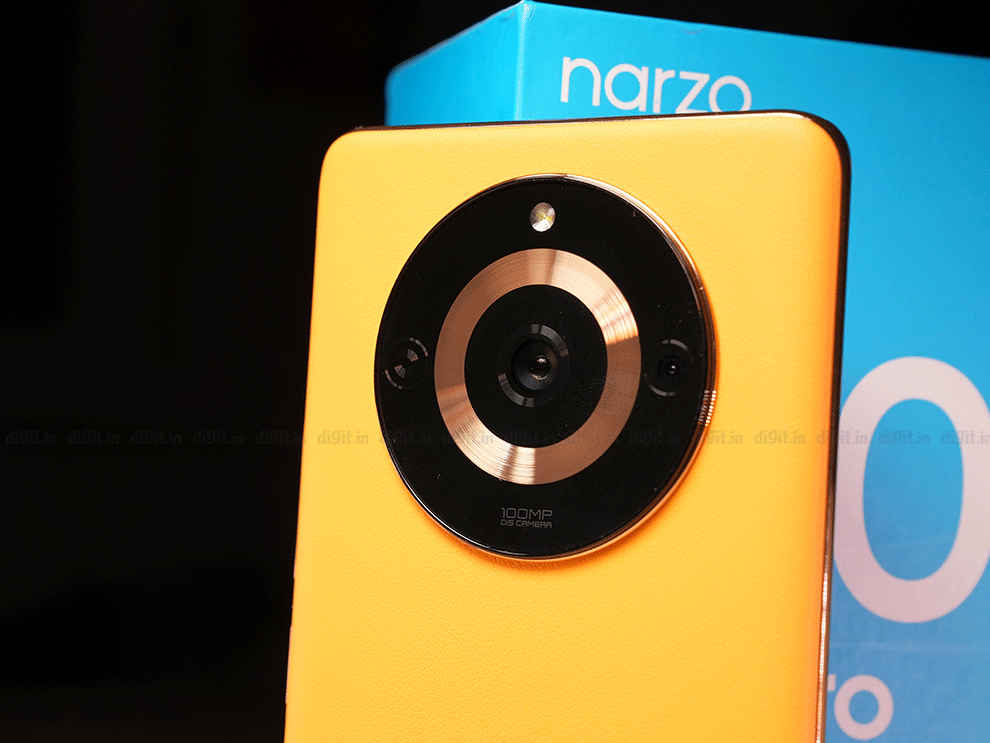
For selfies, the phone sports a 16 MP Sony IMX471 lens. The 100 MP camera defaults to saving 12 MP shots, and in daylight, the photos look fantastic for the most part. The dynamic range is solid, detail retention is good, and colours appear vivid, albeit slightly oversaturated, which some users may enjoy.
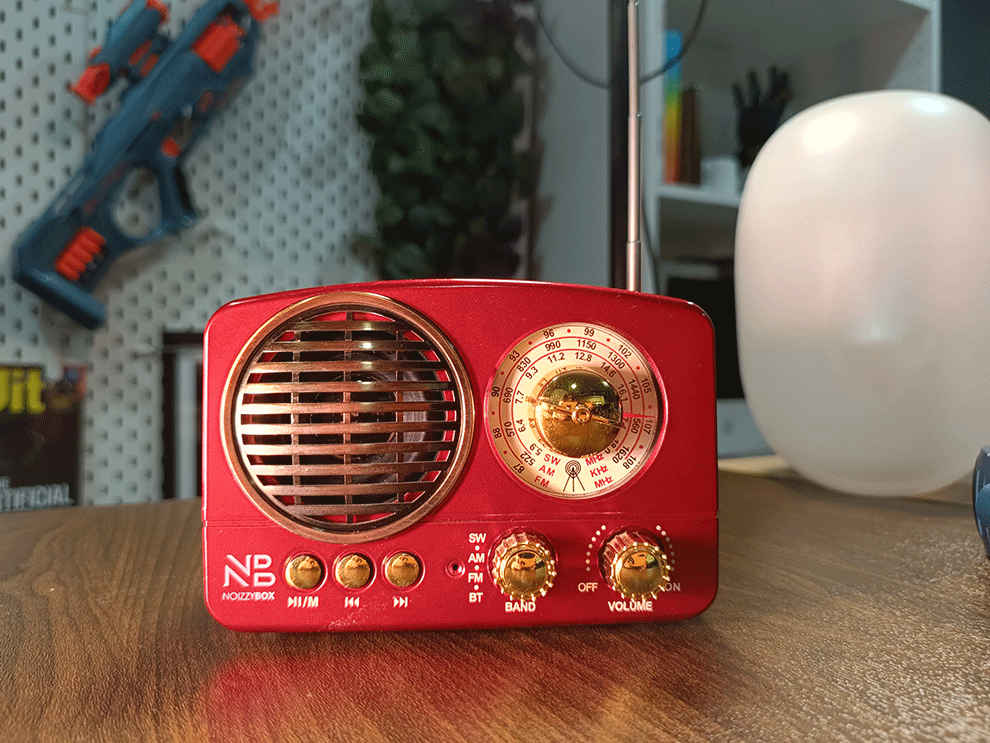
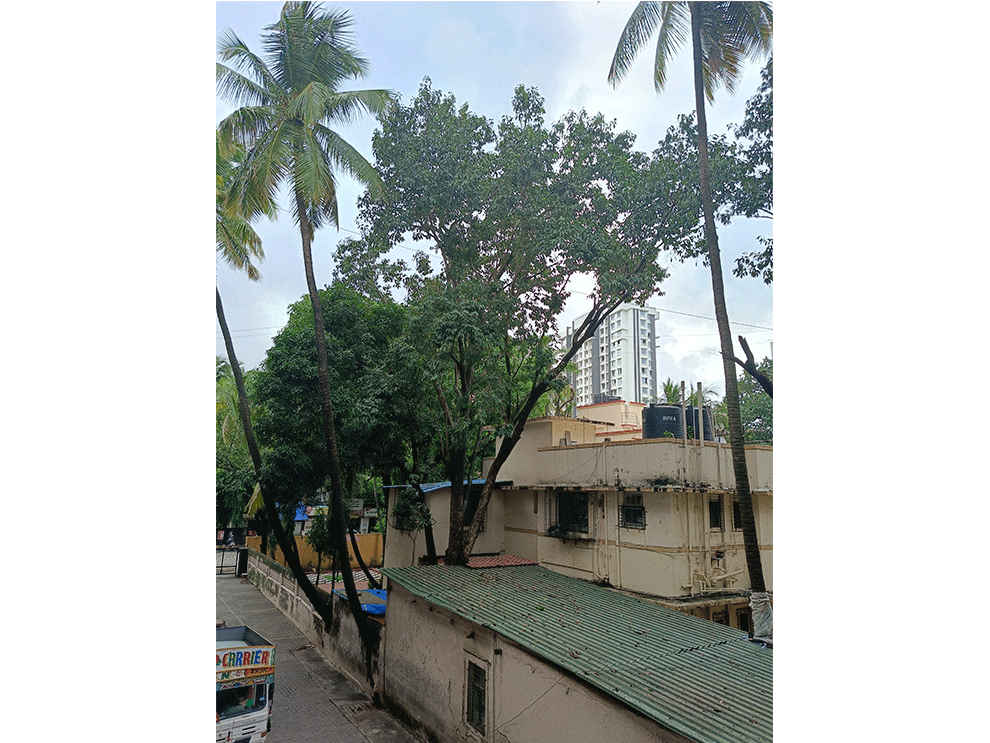

The 2x lossless zoom shots are packed with detail, although they can appear a bit oversharpened. There's also an option to capture full-resolution 100 MP shots, which produce natural colours but exhibit slightly inadequate dynamic range.
Portrait images, assisted by the 2 MP depth lens, generally look good with decent edge detection, but the accuracy of skin tones could be improved. Selfie photos from the 16 MP shooter appear slightly soft and struggle with dynamic range in challenging lighting conditions.

In low-light conditions, the 100 MP camera performs impressively. The colours remain good, the dynamic range is decent, and the level of detail is adequate. Some noise is present, although it is not excessive considering the price range. Enabling Nightscape mode reduces noise but can introduce a slightly unnatural look to the photos.
Realme Narzo 60 Pro 5G Review: Battery LifeThe Realme Narzo 60 Pro is equipped with a 5,000 mAh battery, the same as the Realme 11 Pro. It boasts 67 W fast charging. Wireless charging is absent, but that is not surprising for a mid-range smartphone.
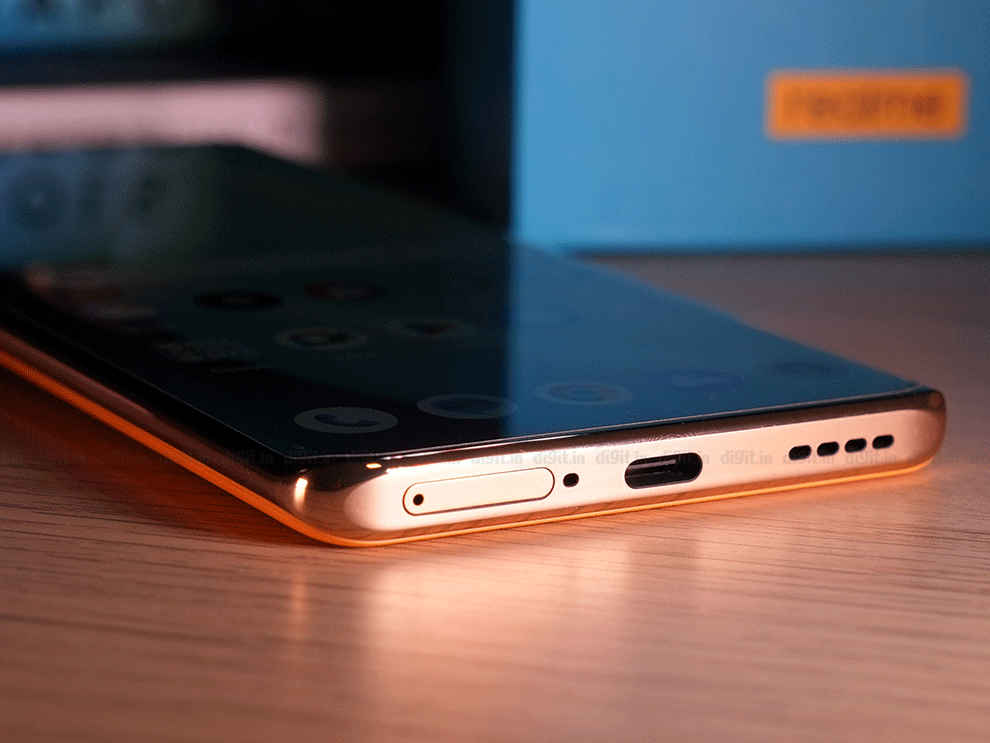
The battery life of the phone is impressive and long-lasting. In our 4K video loop test, the device lasted 14 hours and 12 minutes on a full charge. During 15 minutes of Call of Duty: Mobile gameplay, the battery level dropped by only 6 per cent and an hour of GPS navigation on Google Maps resulted in a 6 per cent drop. Charging the phone from zero to full using the bundled 67 W charger took 46 minutes, while reaching 50 per cent charge only required 18 minutes.
Realme Narzo 60 Pro 5G Review: VerdictWhen the Realme 11 Pro launched in India, it was an easy recommendation for me given the great design, dependable performance, and improved camera. The Realme Narzo 60 Pro, priced starting at ₹23,999, offers the exact same experience – so I cannot say that I don’t love the device. The Realme Narzo 60 Pro 5G is truly fantastic for the price; one that will draw in most people’s attention. However, it makes it difficult to decide which one to recommend to people now, since they sport the exact same specifications. If you are going for the 12 GB + 256 GB variant, it would be prudent to go for the Realme Narzo 60 Pro since it is cheaper than the same storage version of the Realme 11 Pro. And of course, if you need a LOT of storage, go for the Narzo 60 Pro since it comes with that 1 TB model for ₹29,999.
If you are simply looking for another powerful device under ₹30K, and don’t care about the storage, the POCO F5 is a fantastic performer and great for gaming. Overall, the Realme Narzo 60 Pro is a great device, but it seems like the company is just pitting its own products against each other. Honestly, if you’re just confused between the two, scour Flipkart and Amazon before buying (Narzo 60 Pro is on Amazon and Realme 11 Pro is on Flipkart), see which one has a better discount or better offers, and go for that one.
from Mobile Phones Reviews https://ift.tt/OAf0DSk
